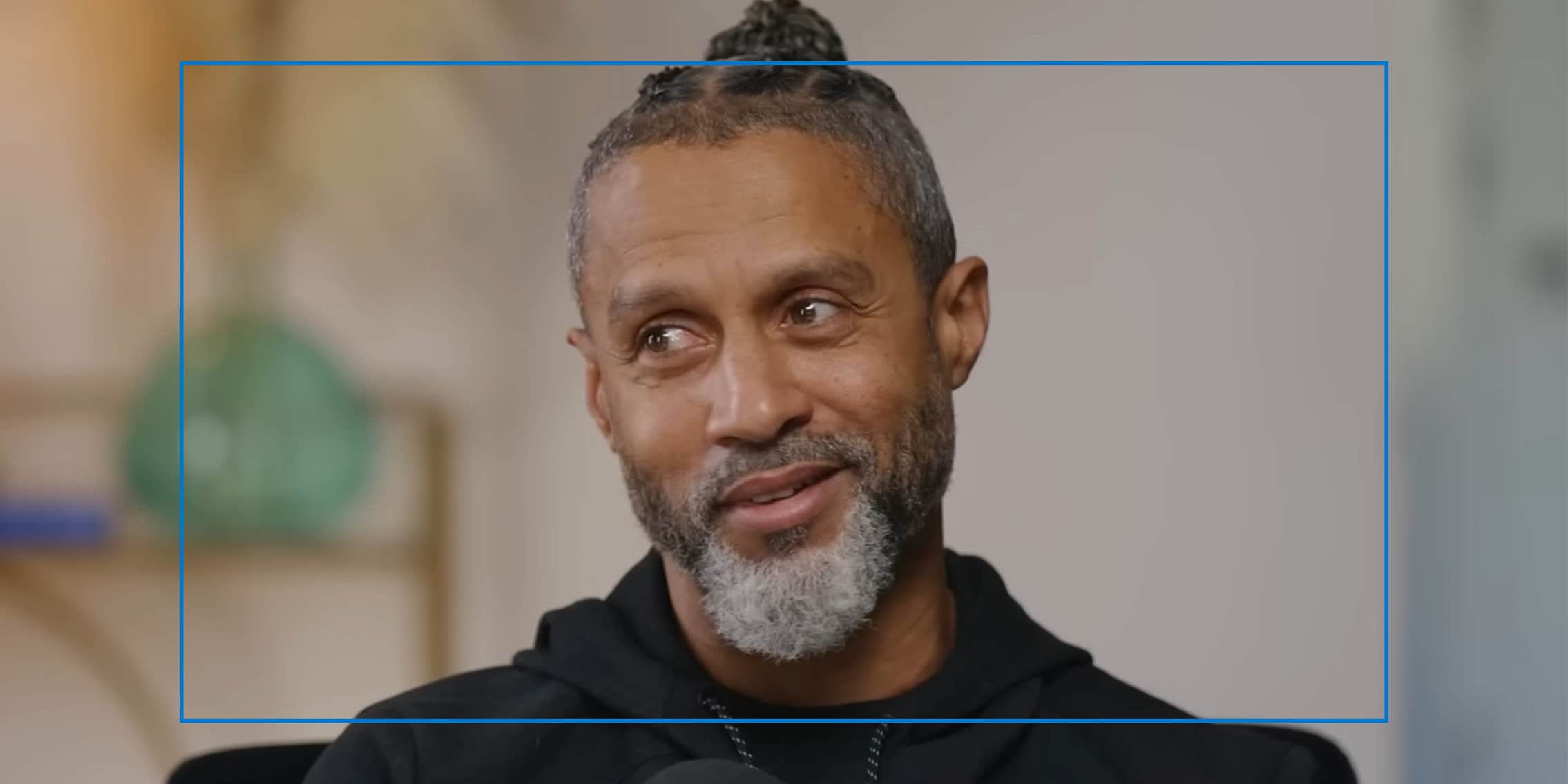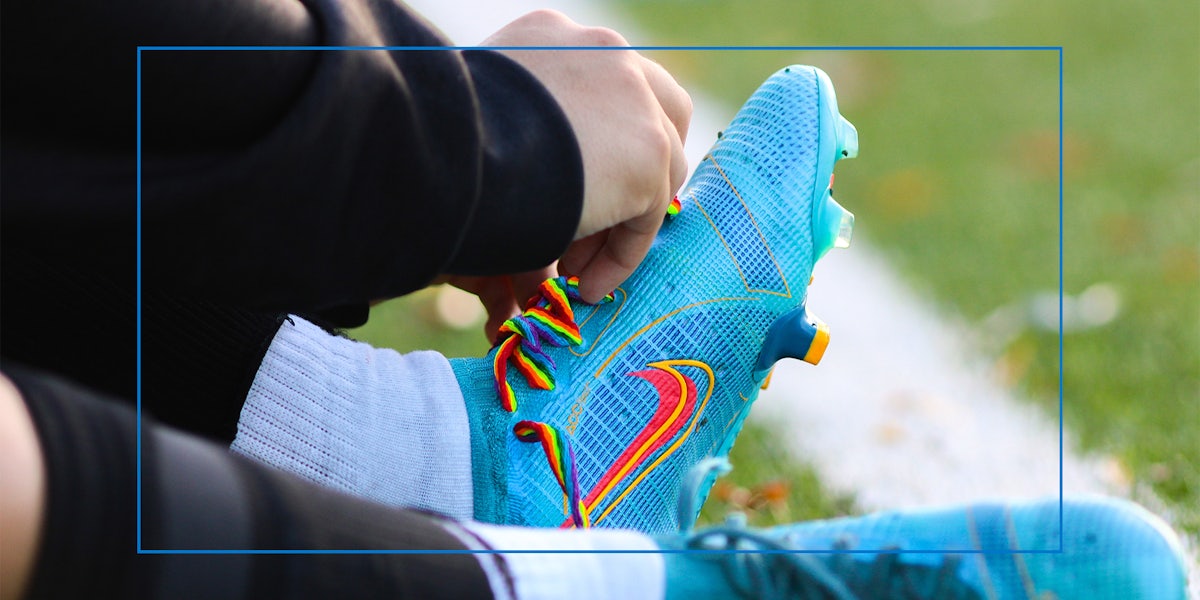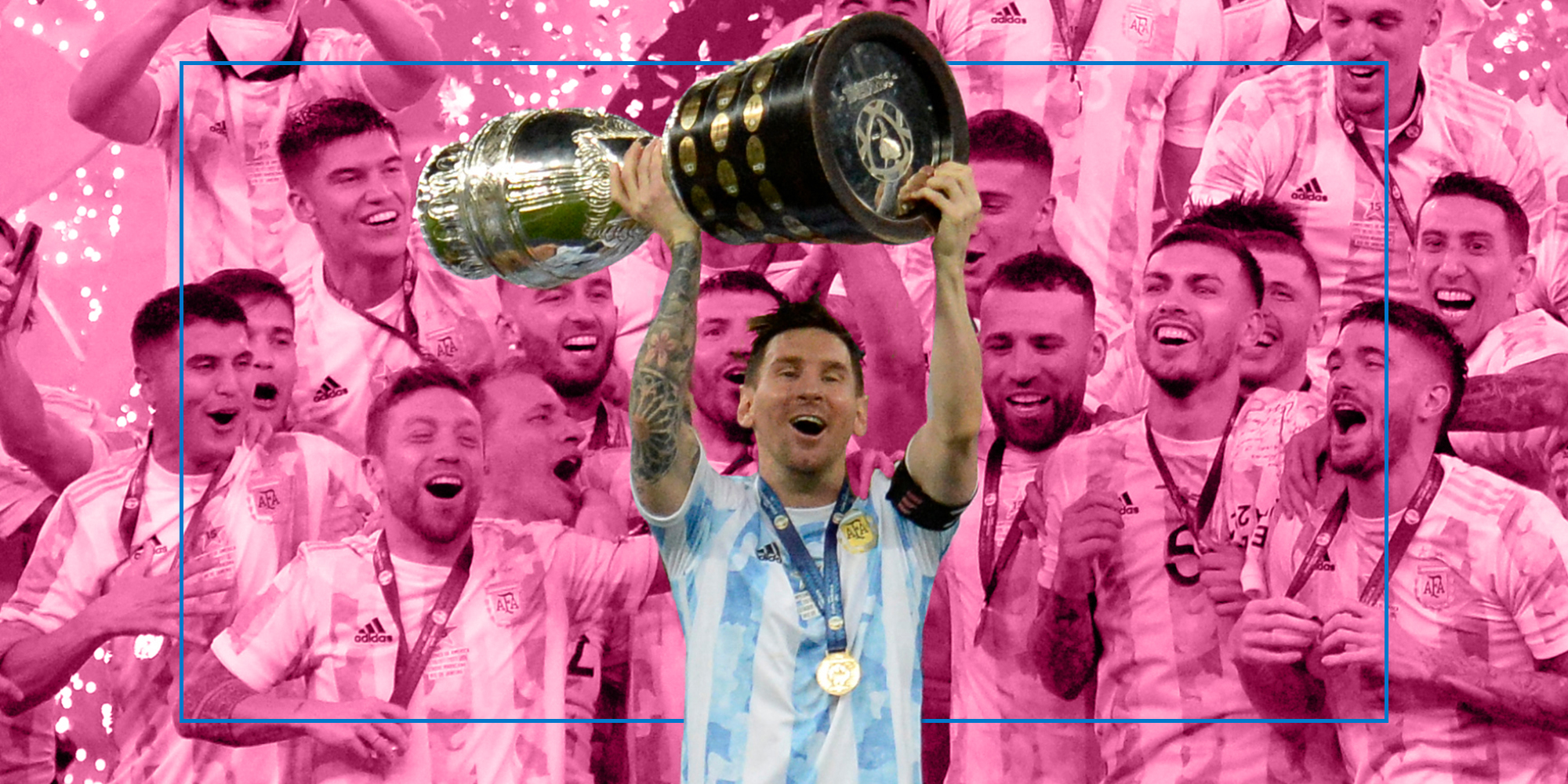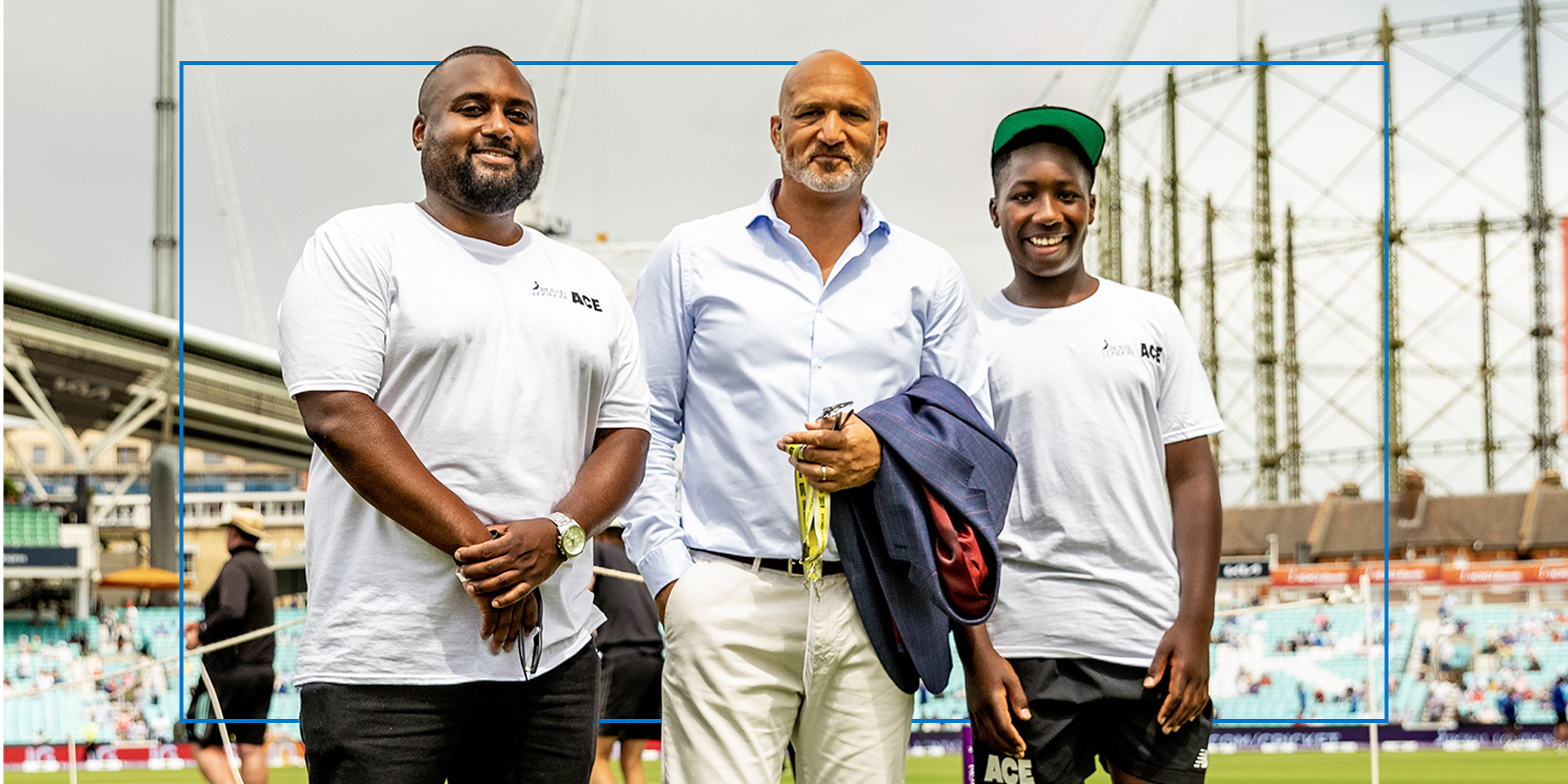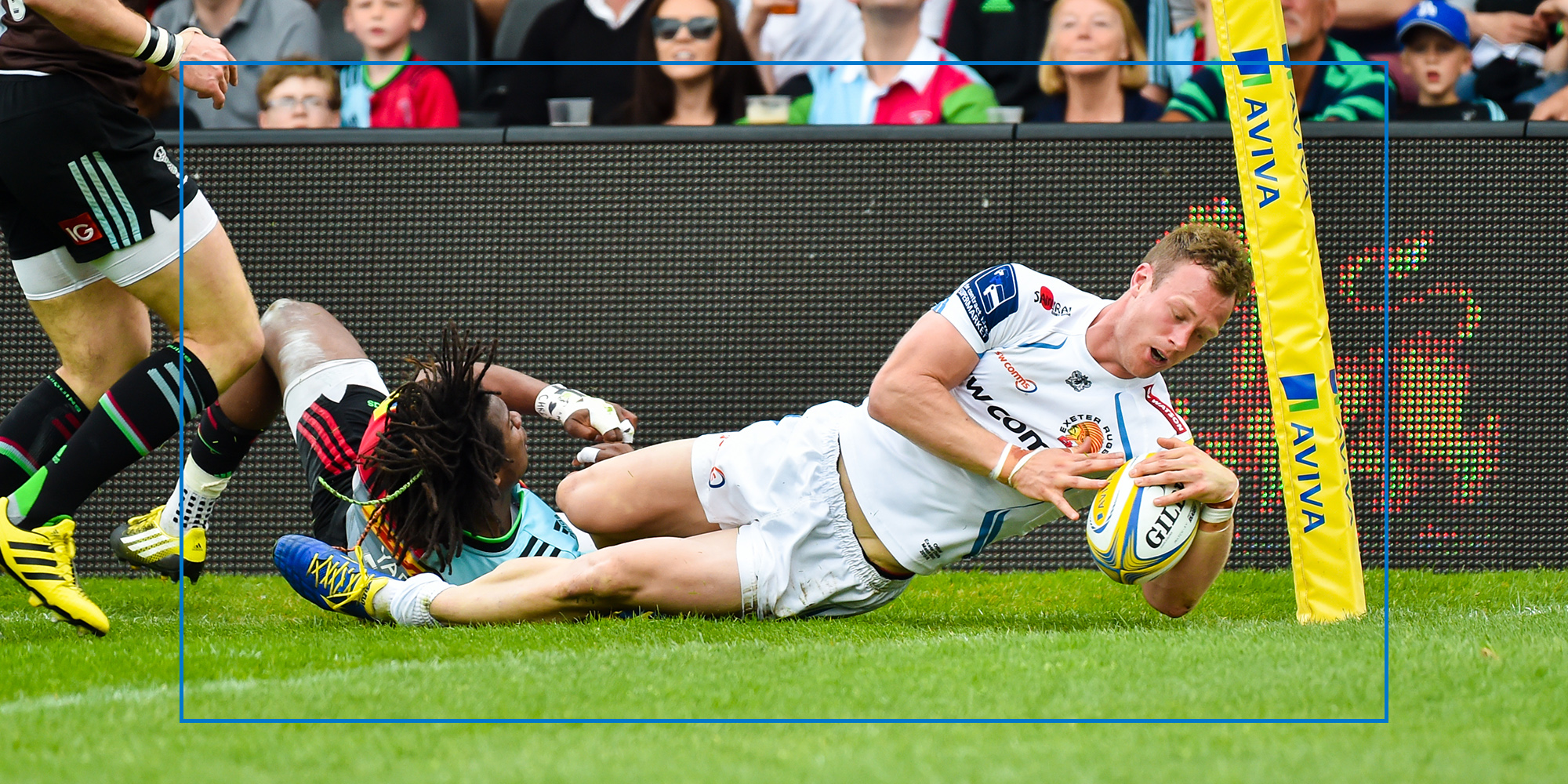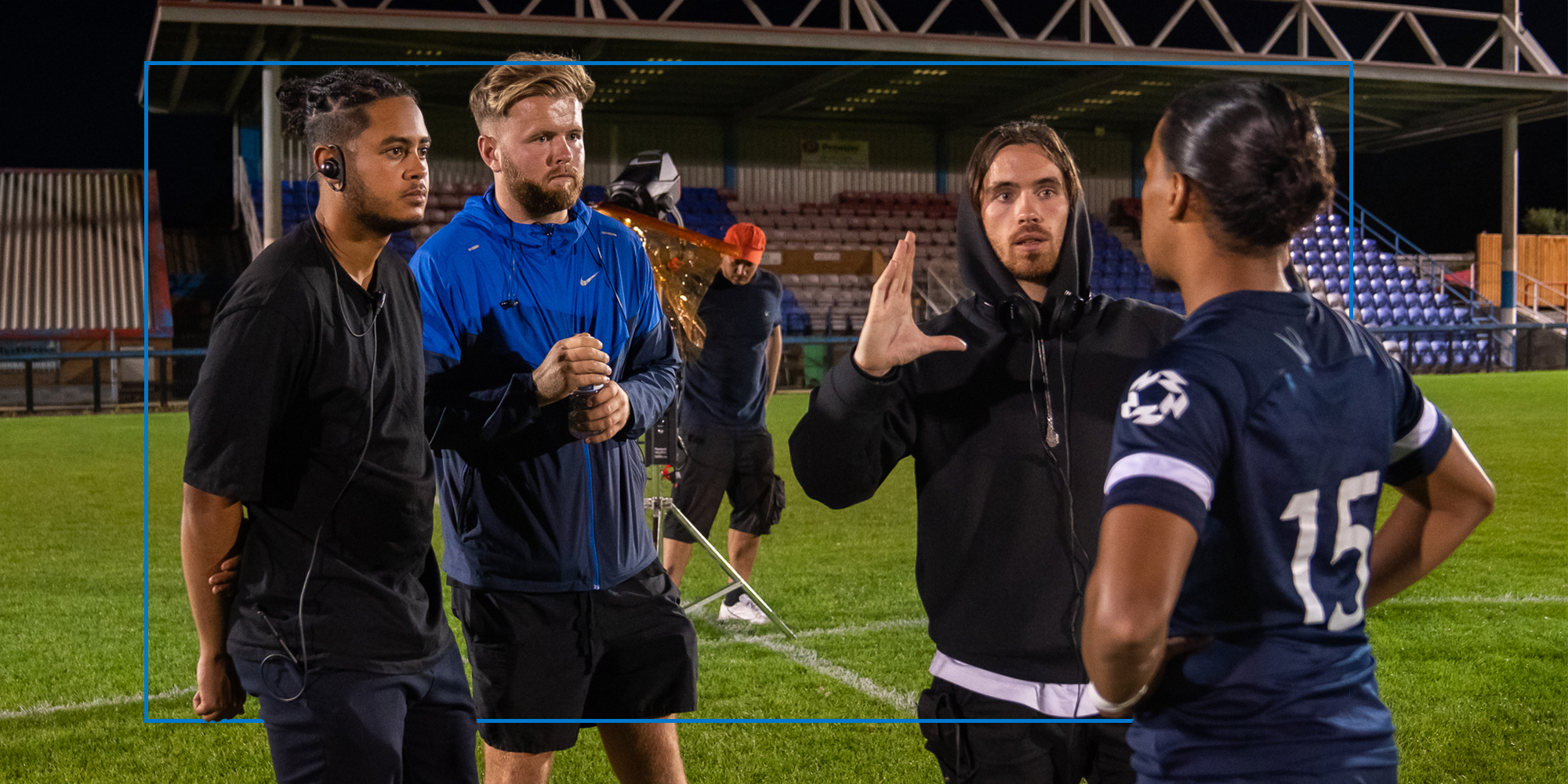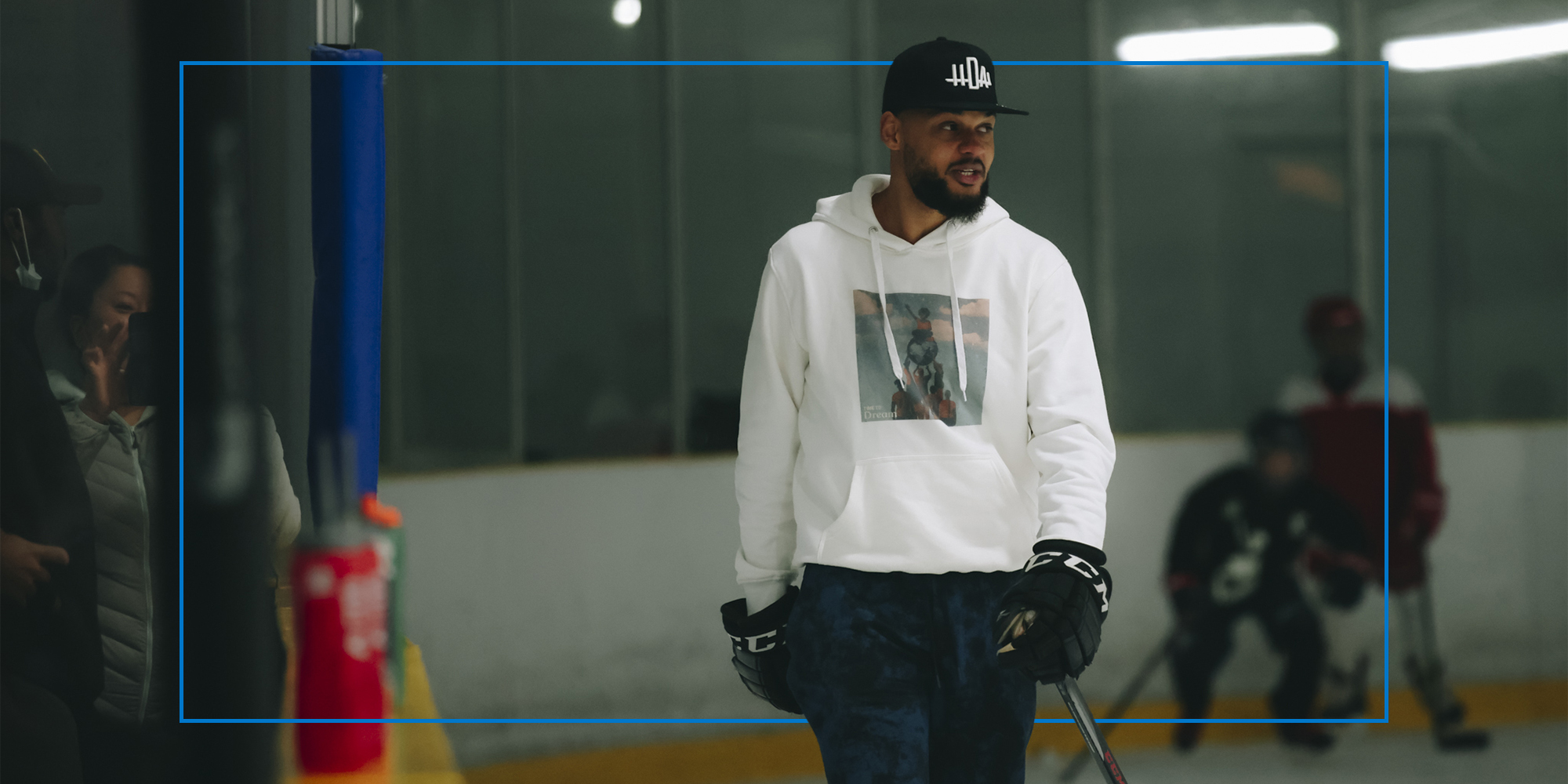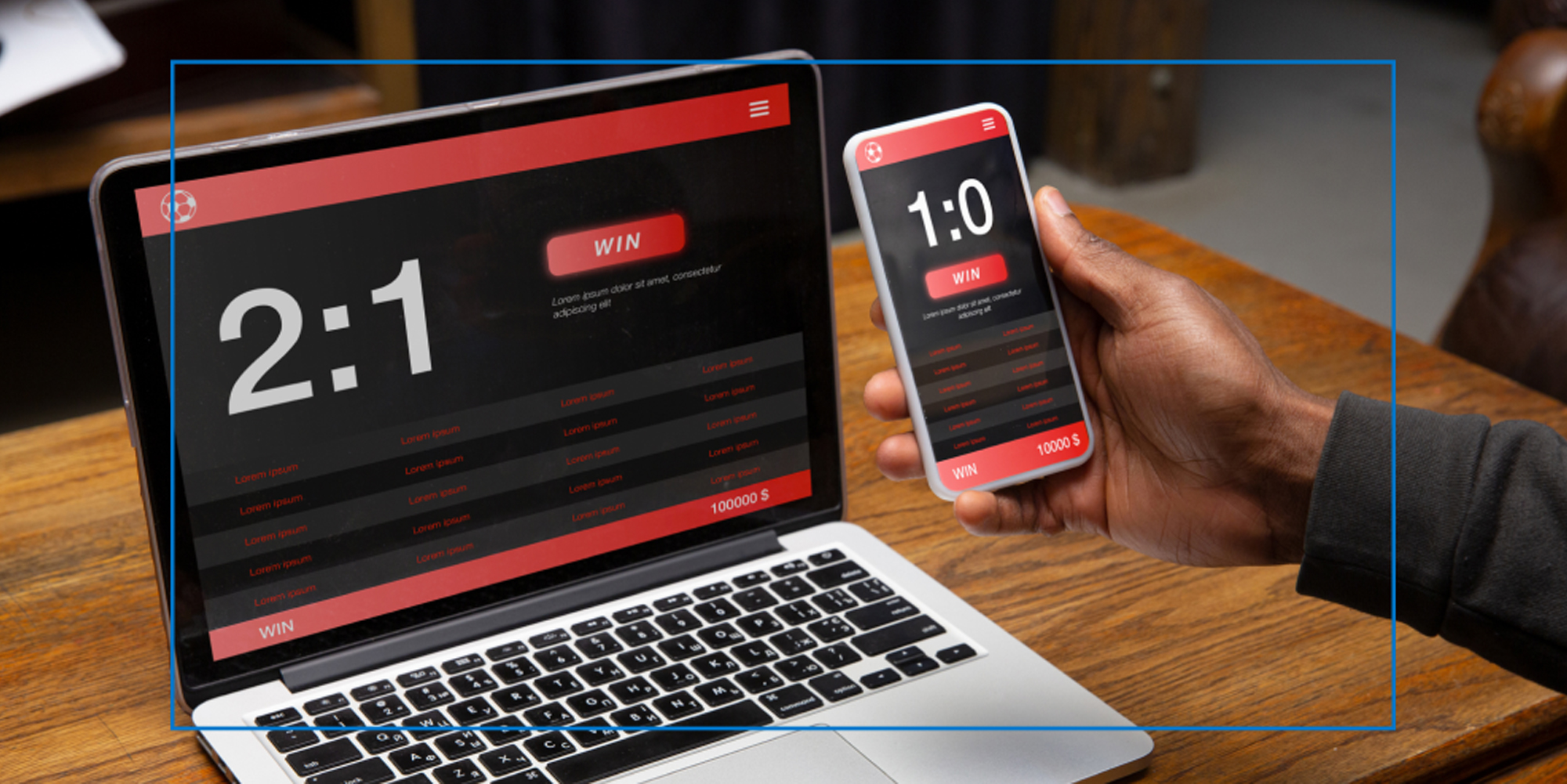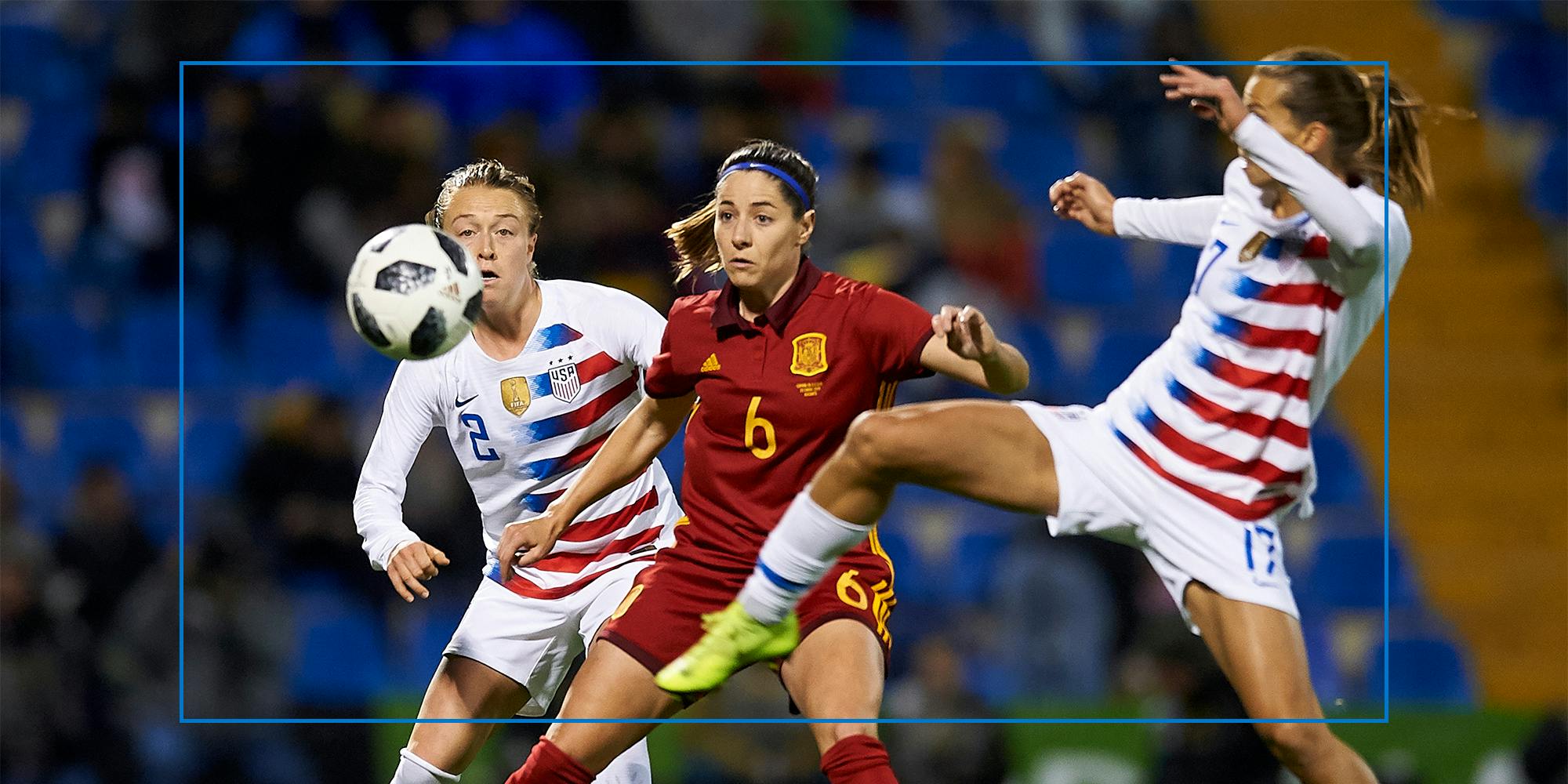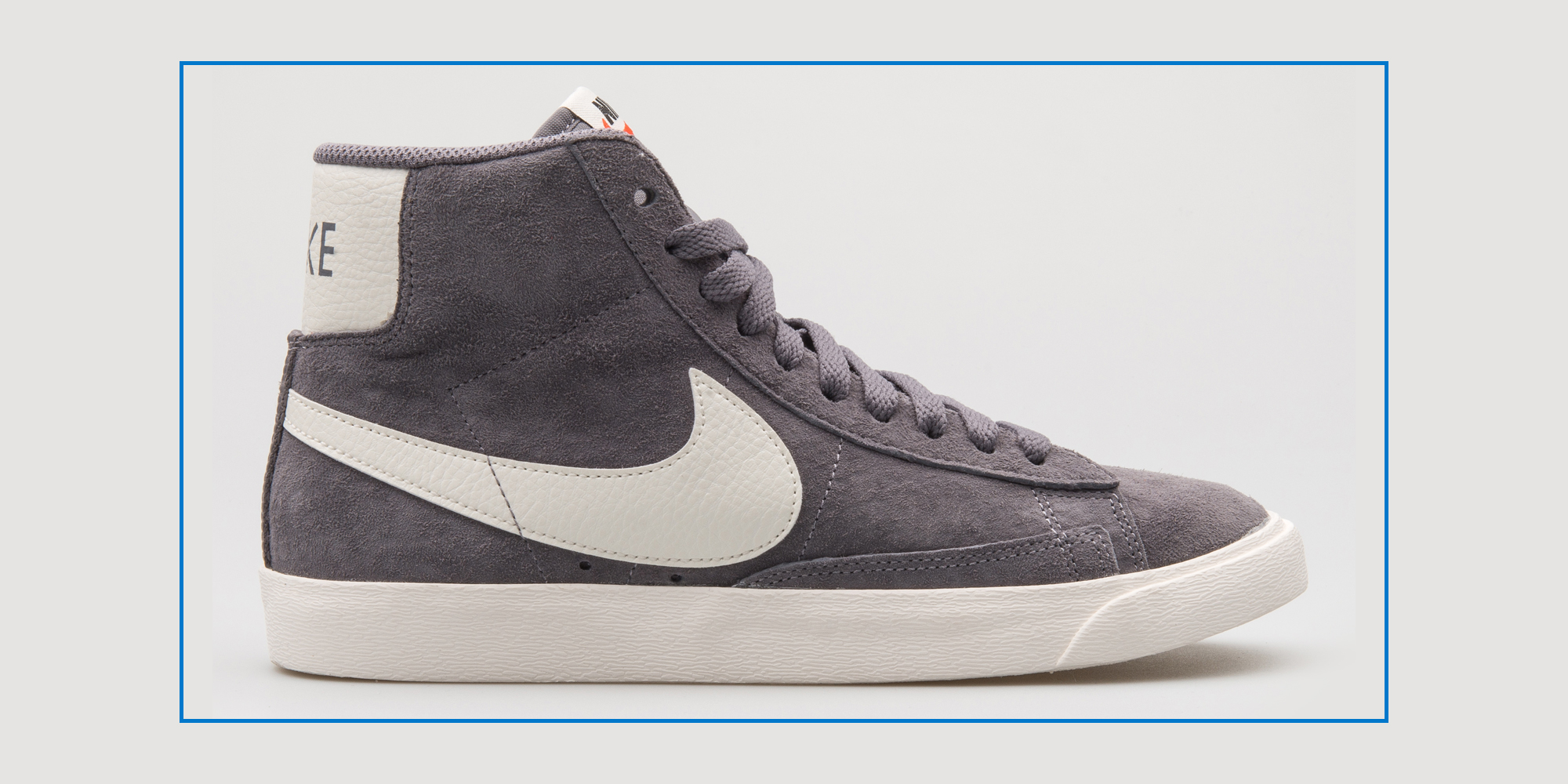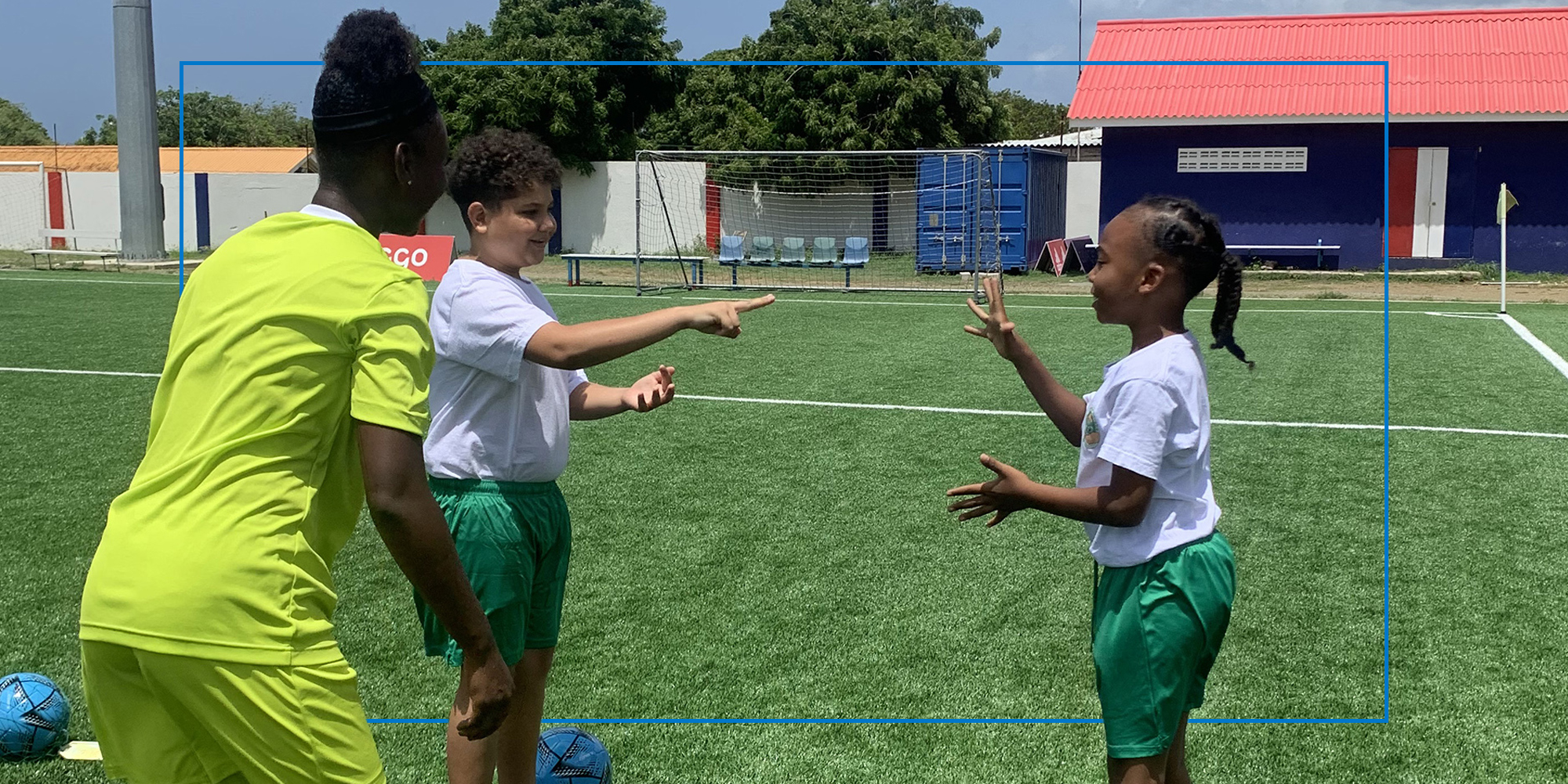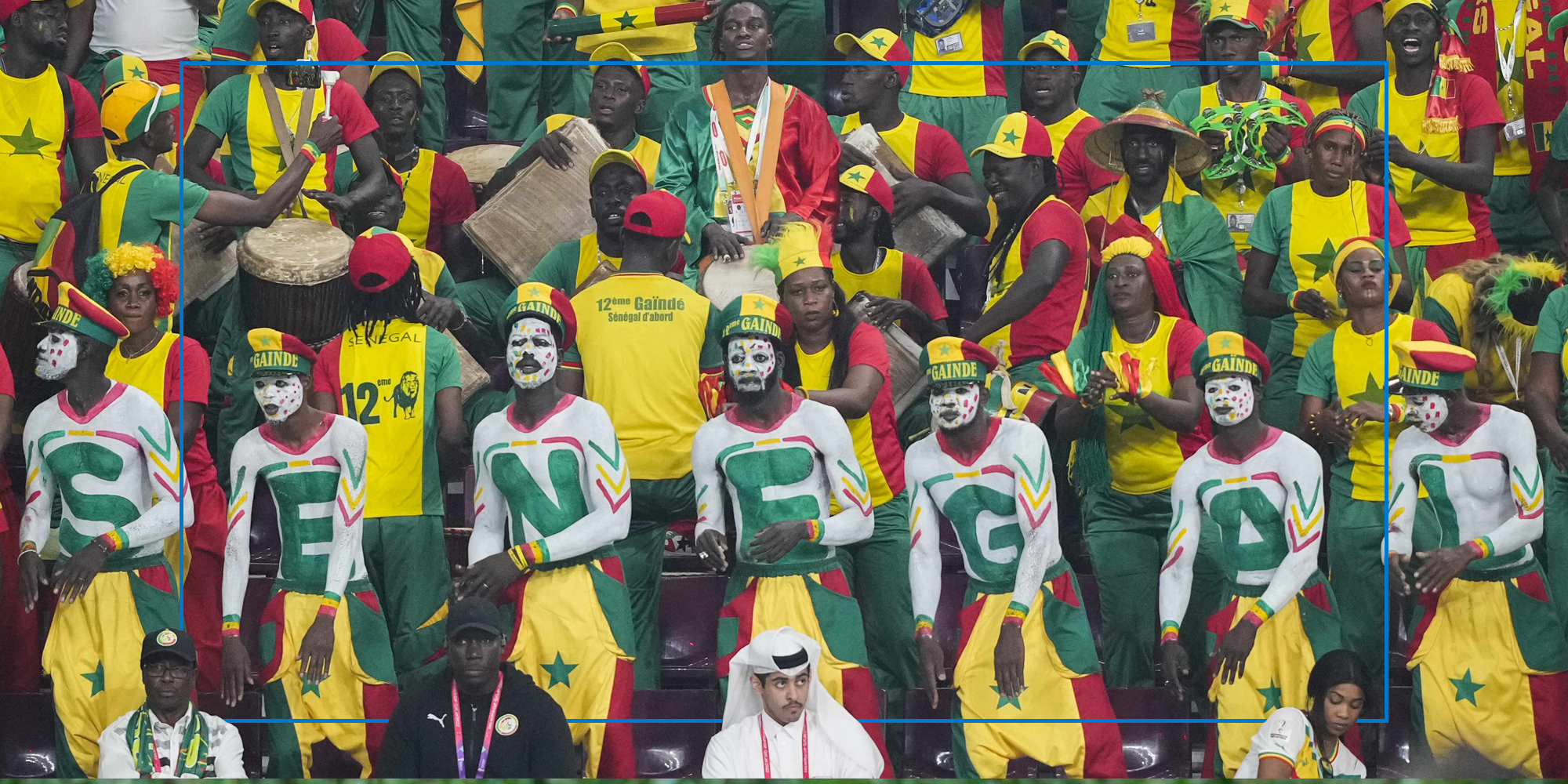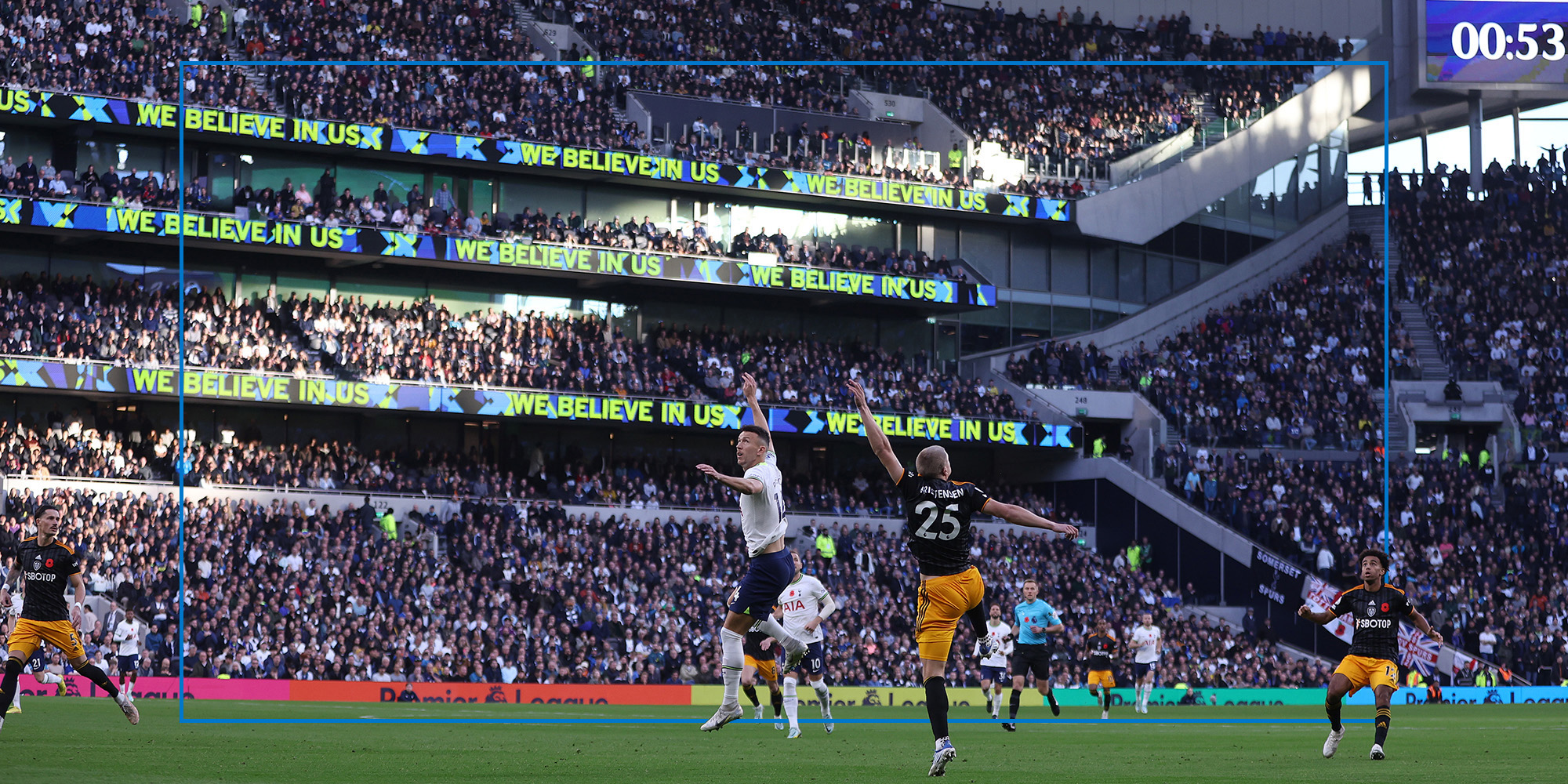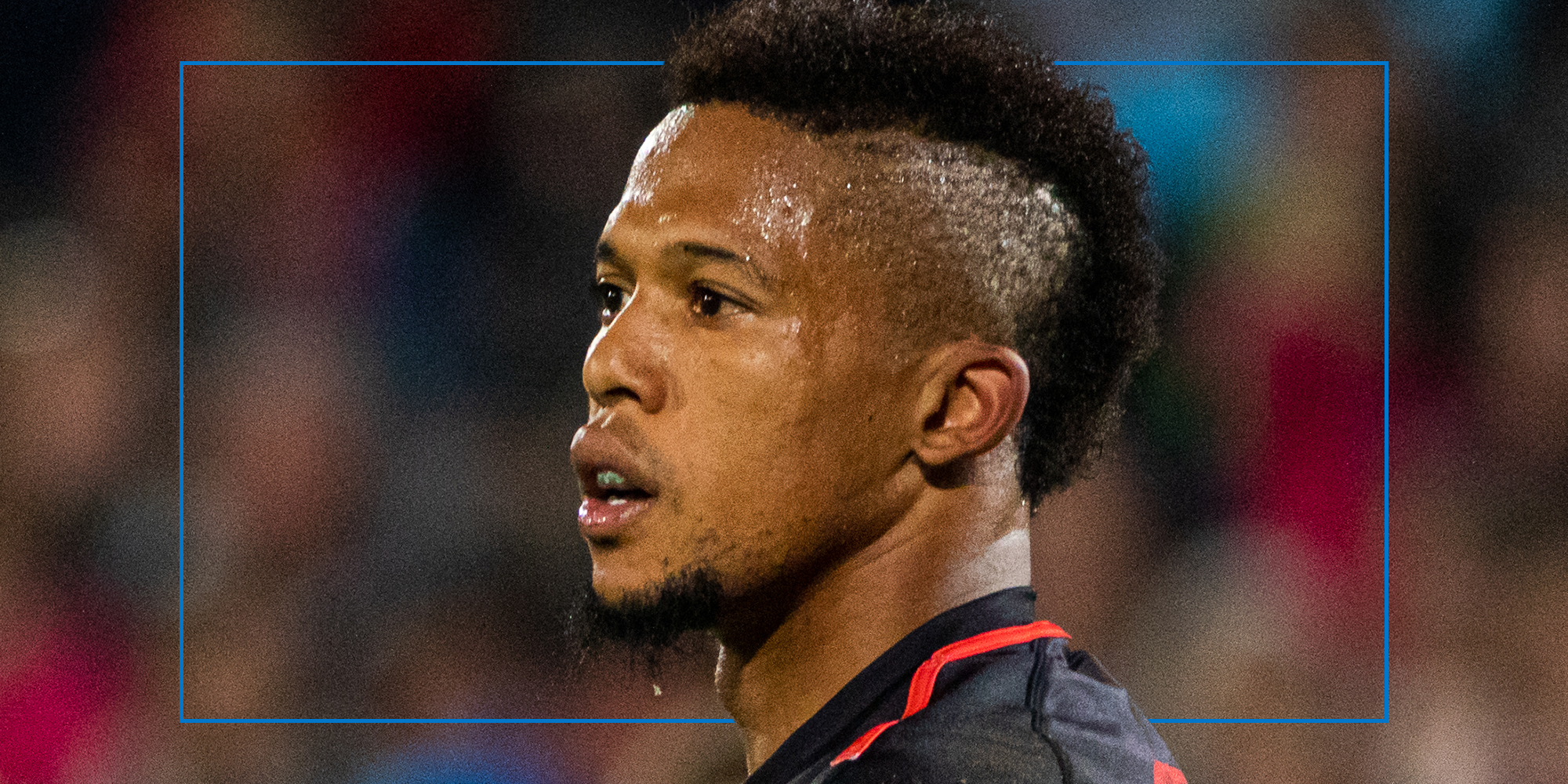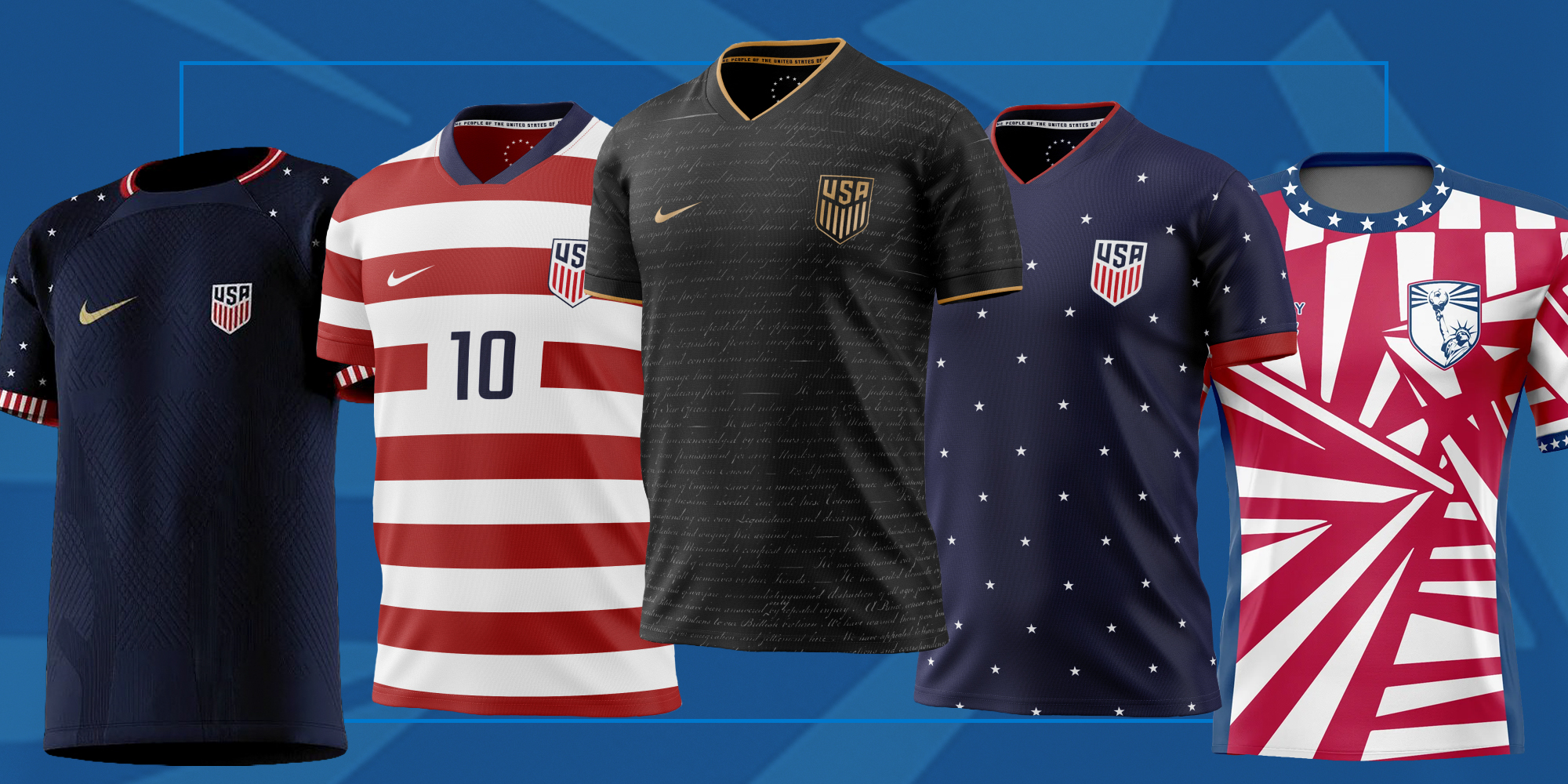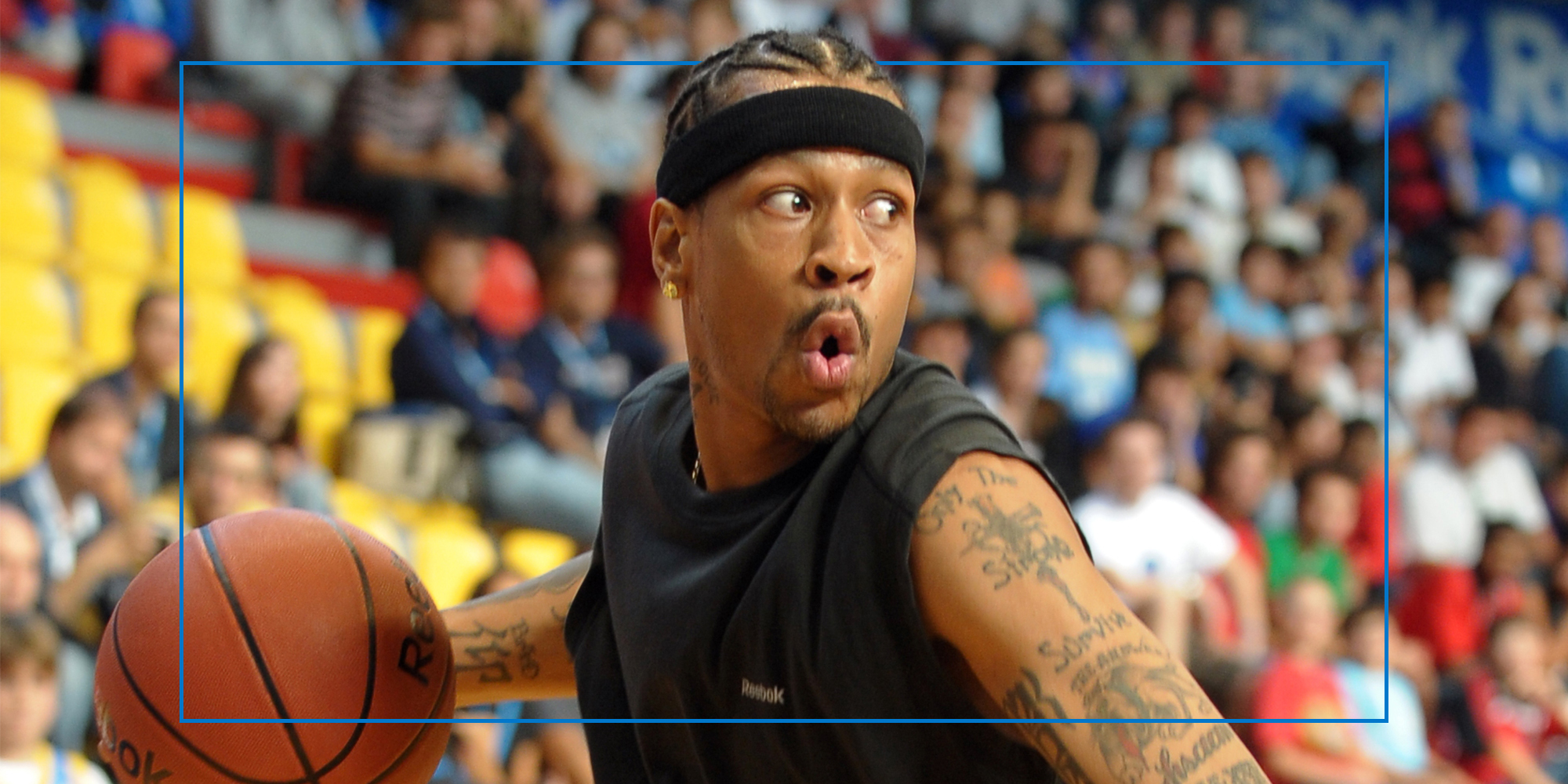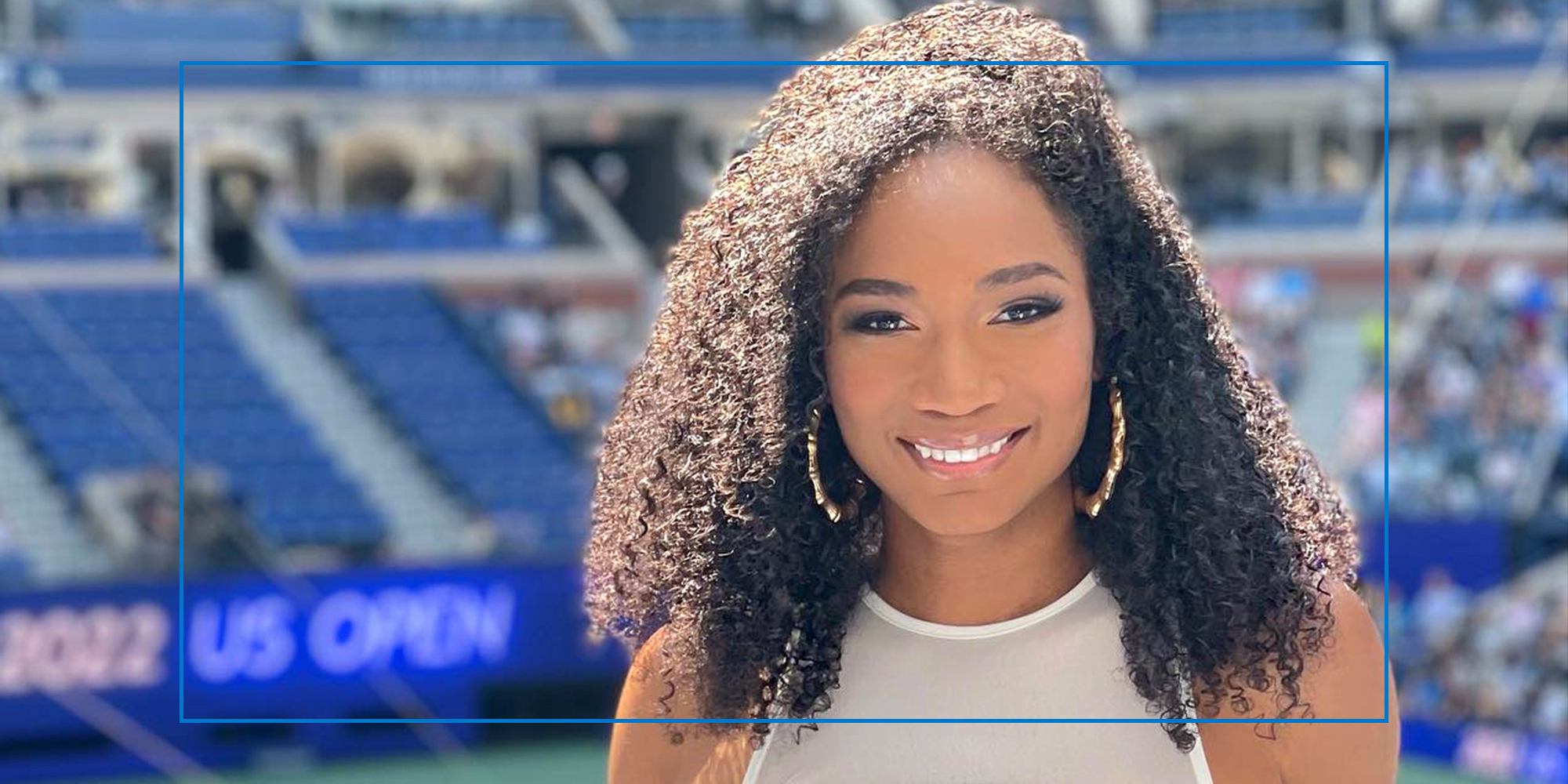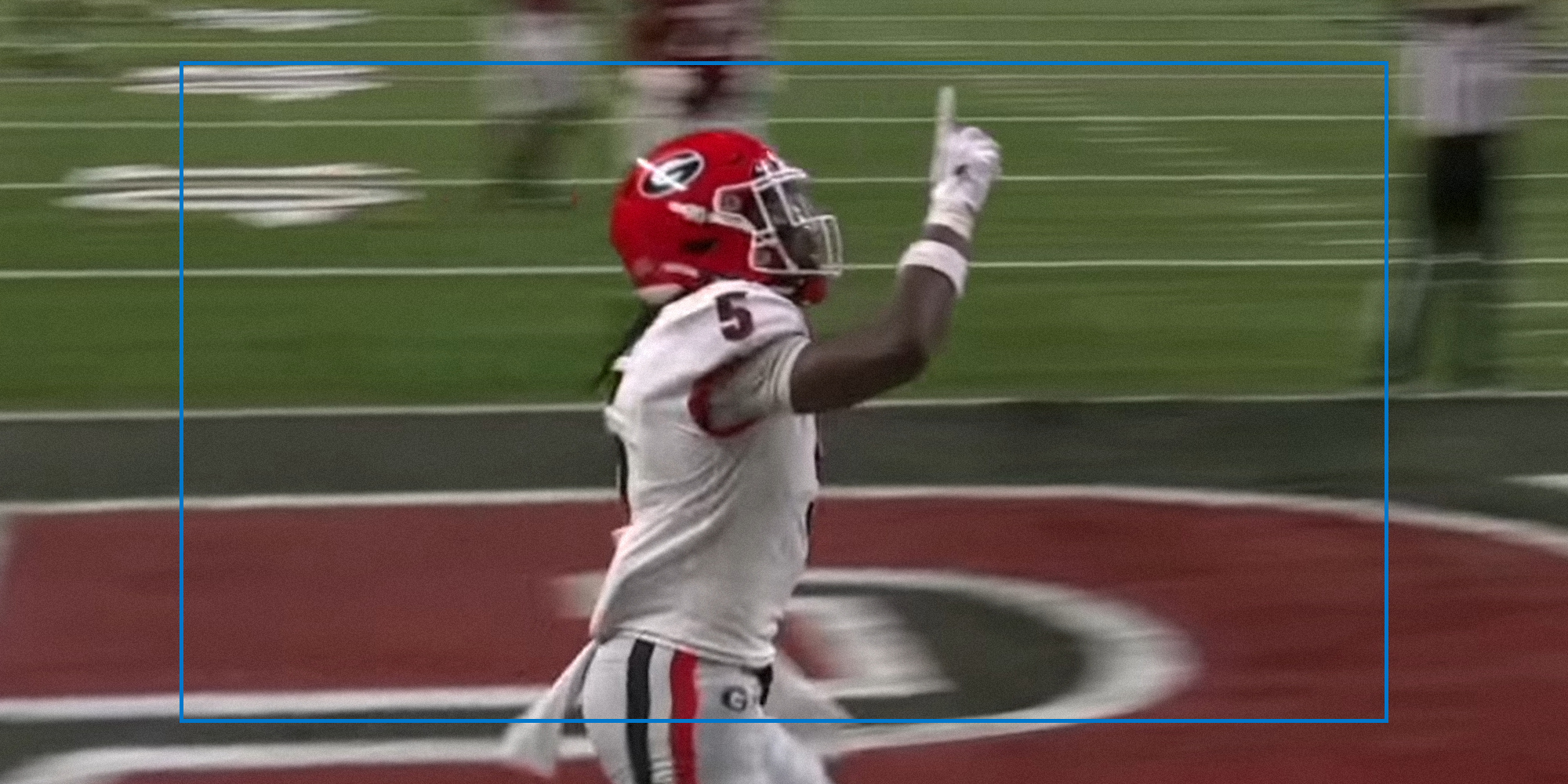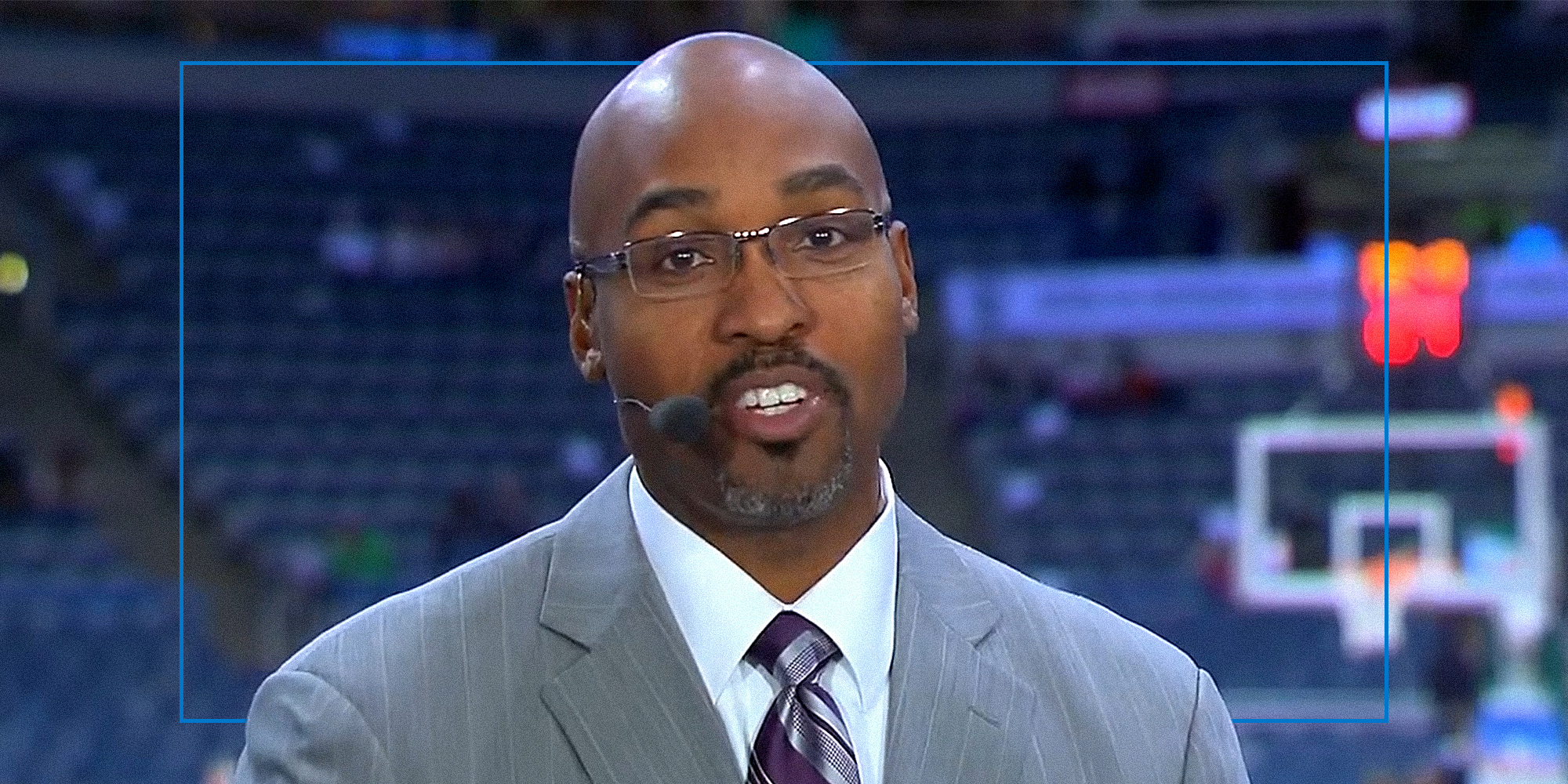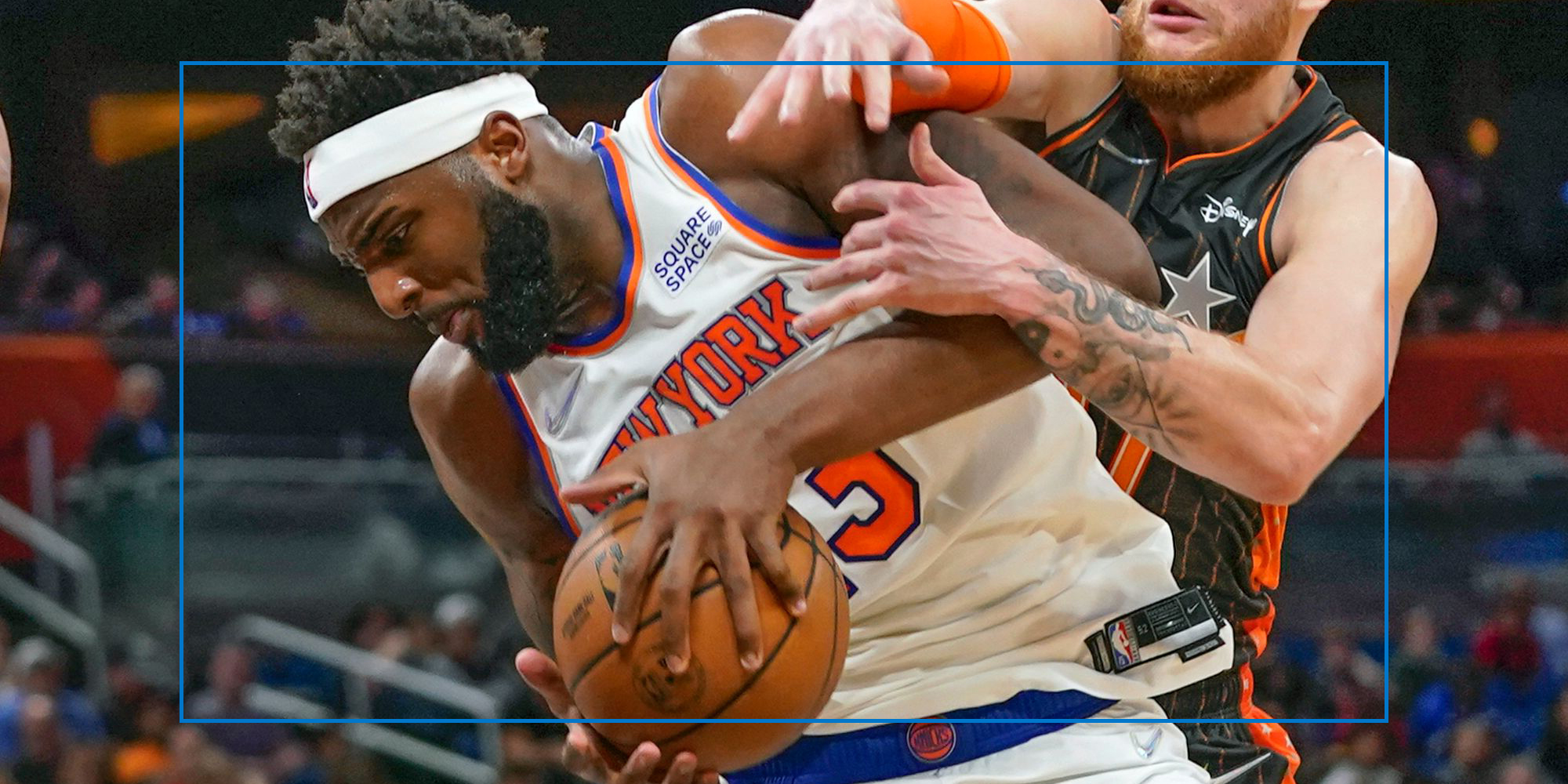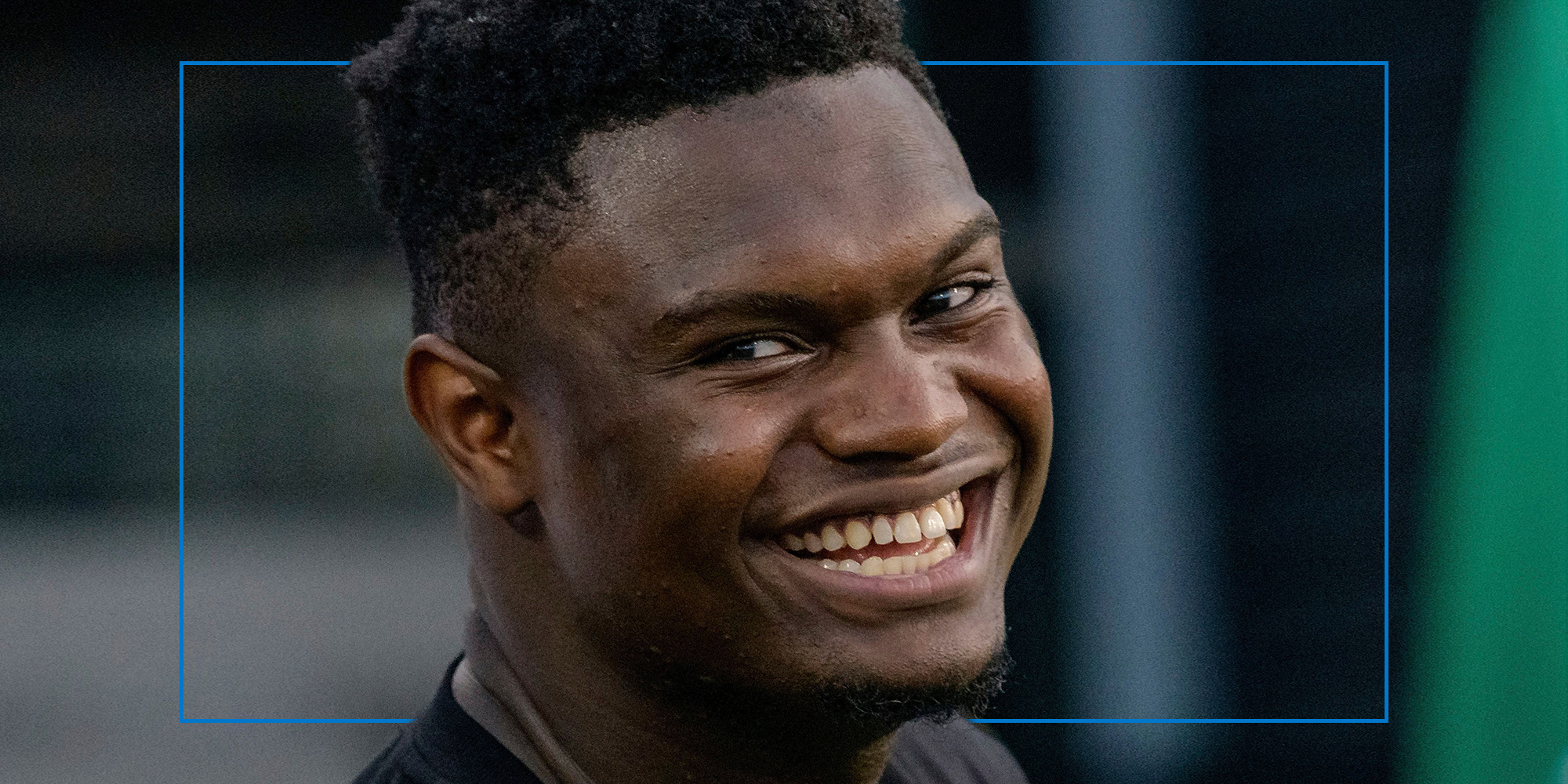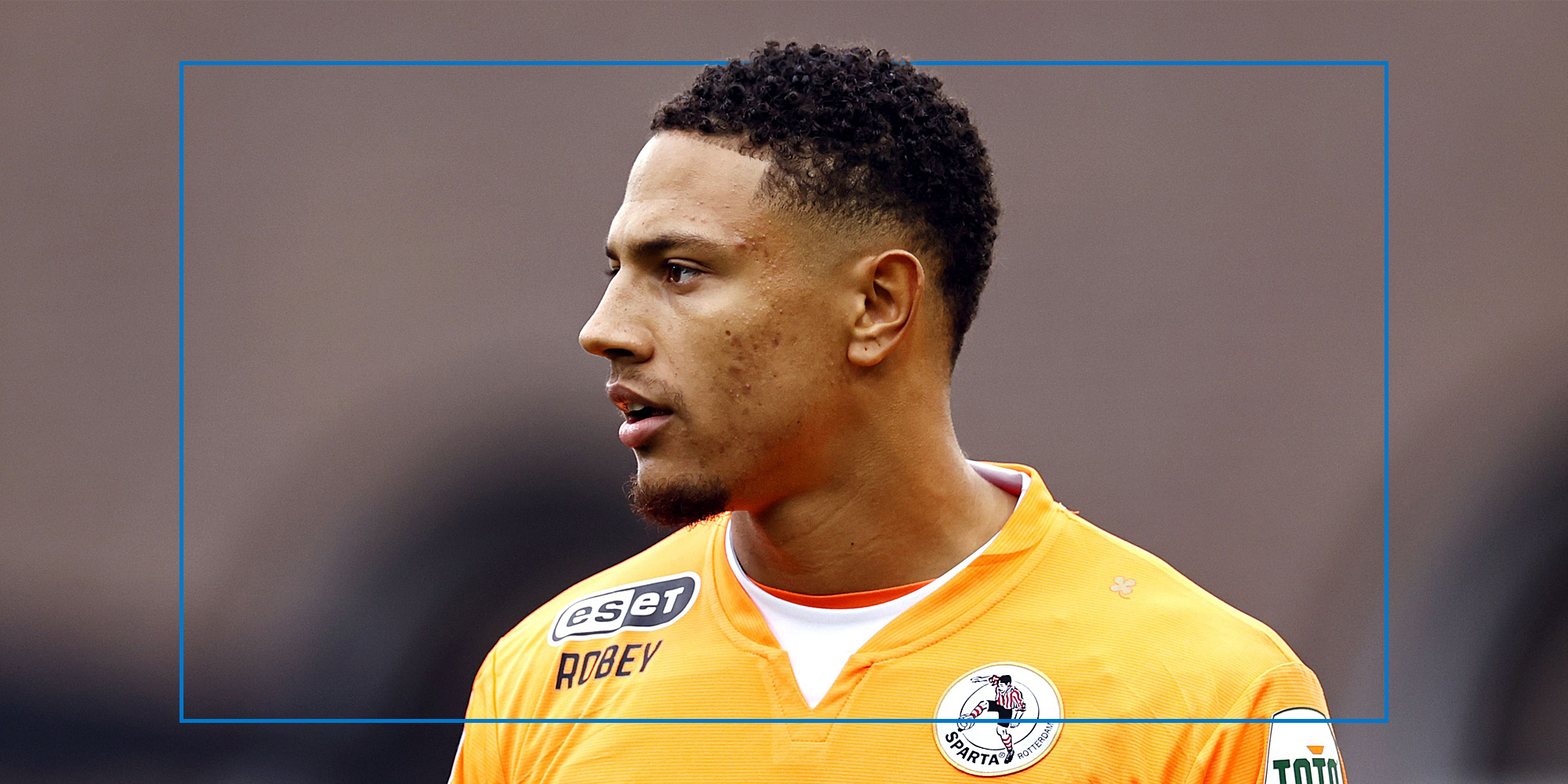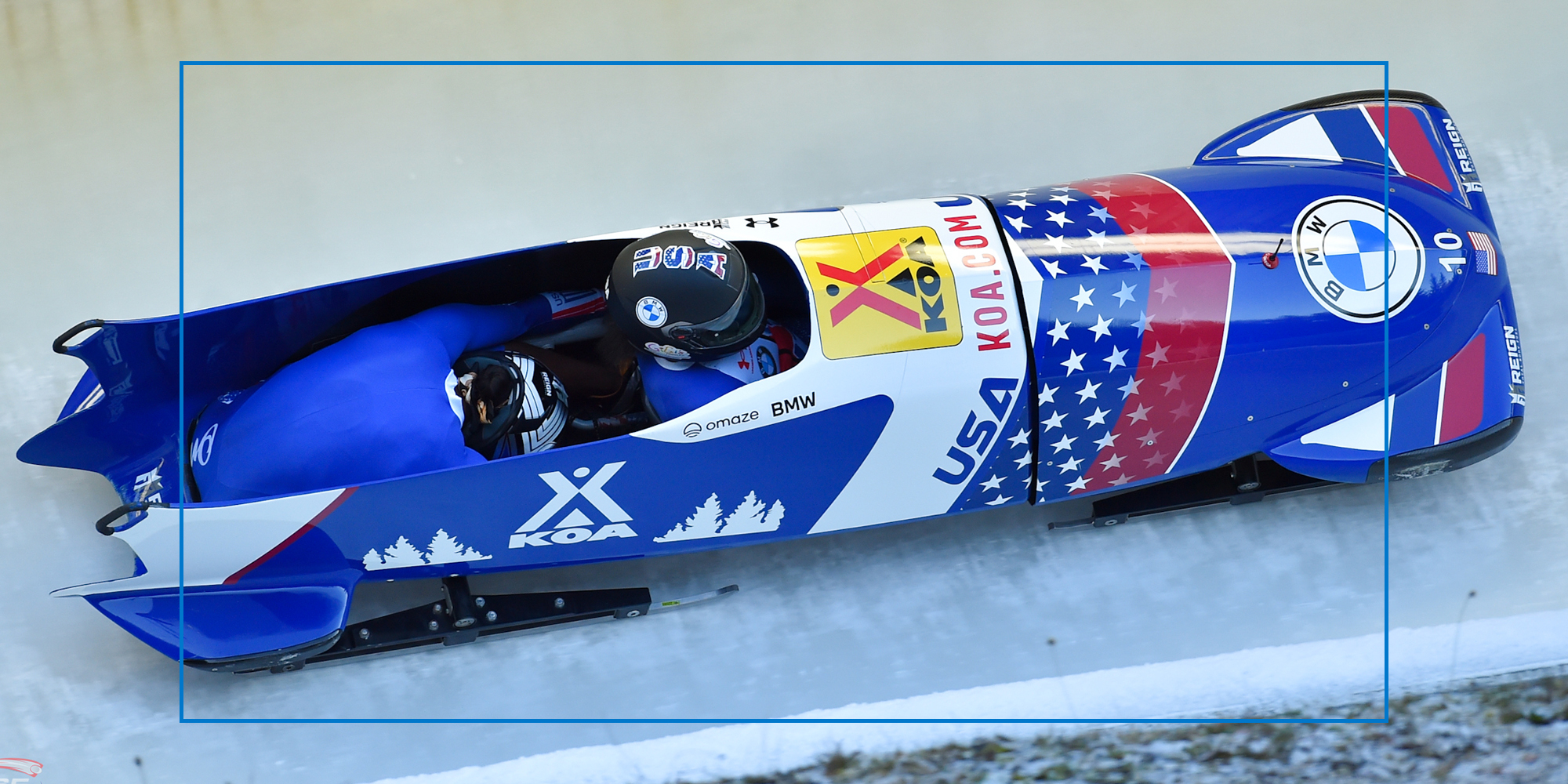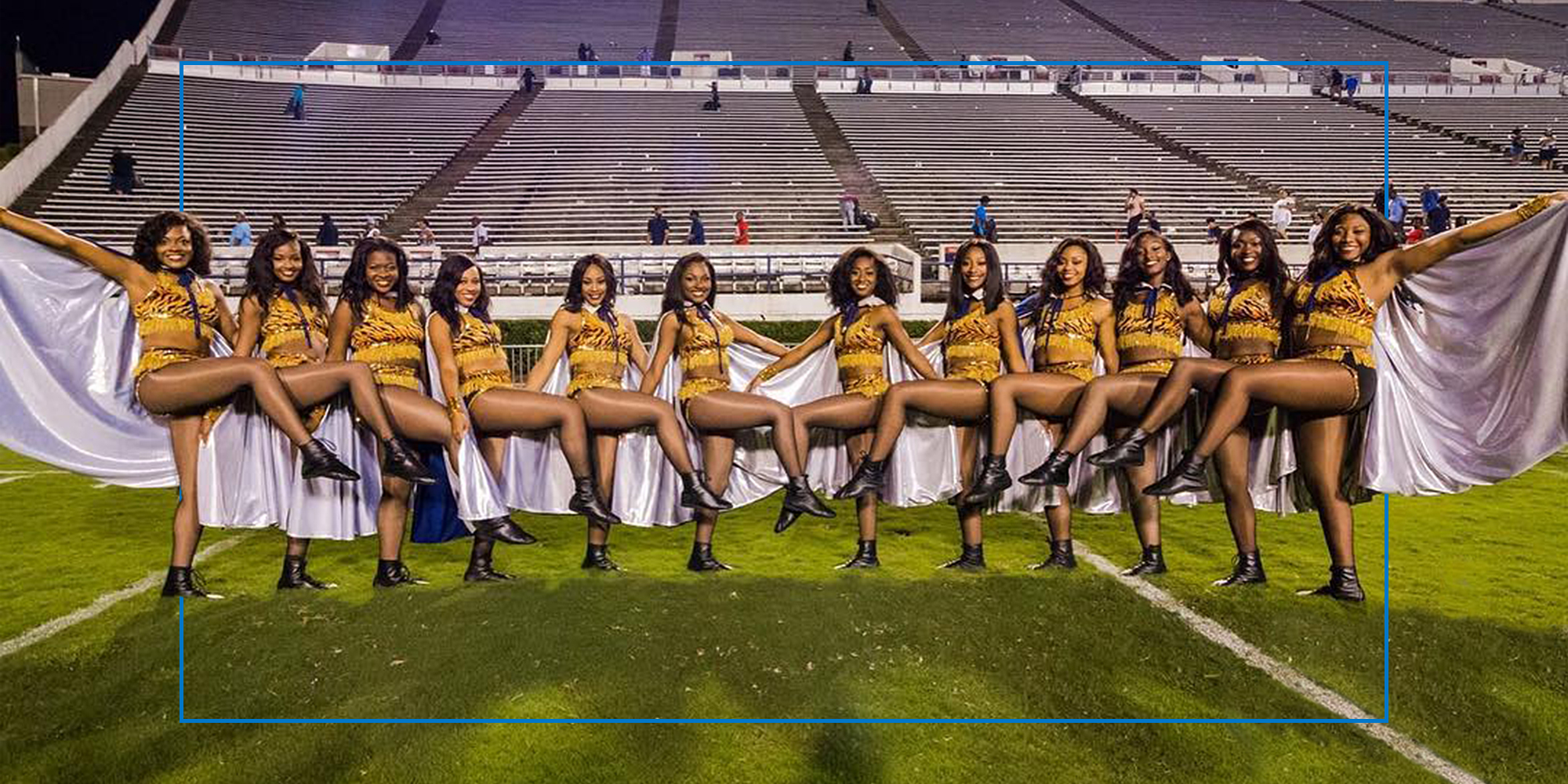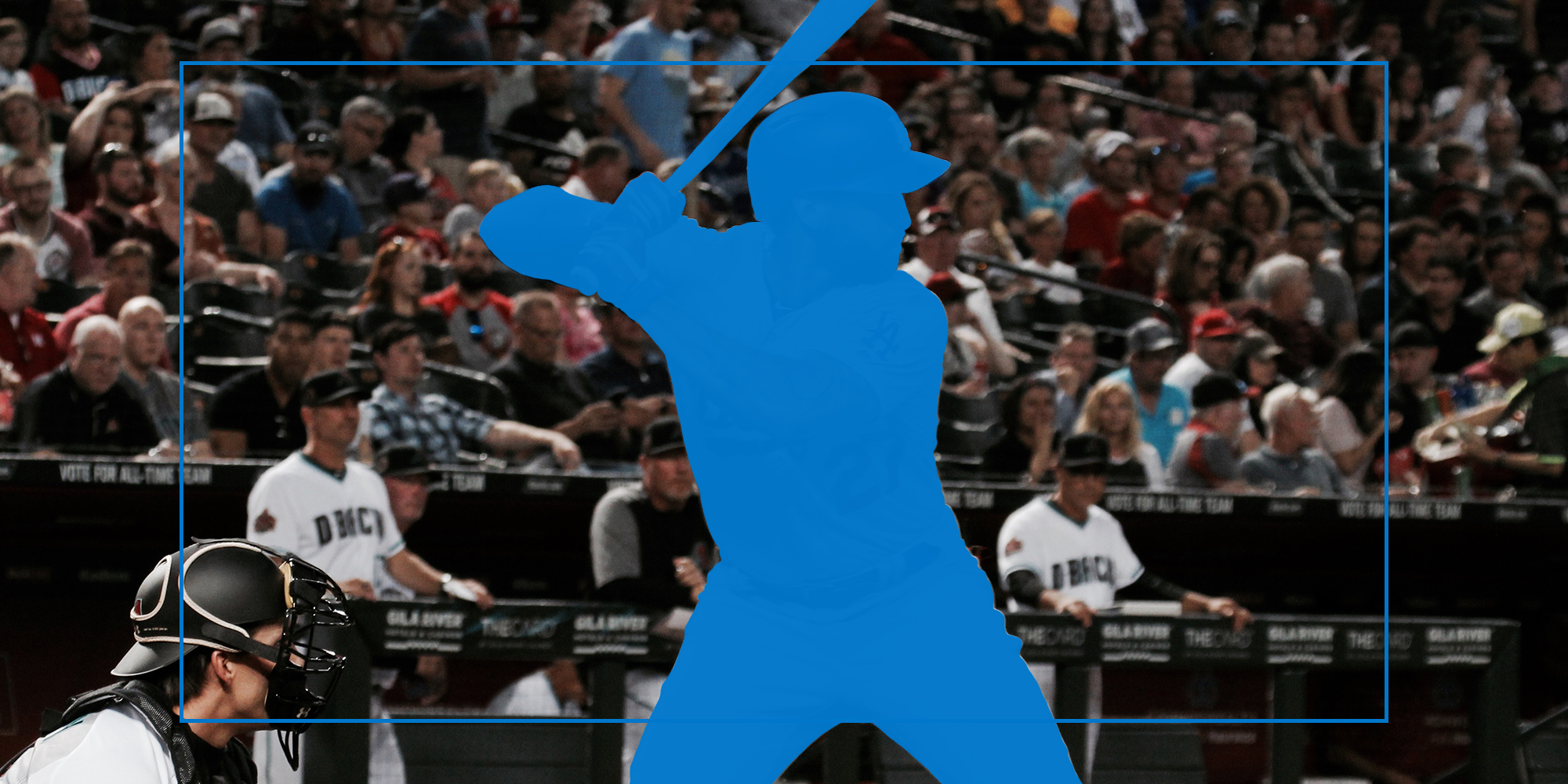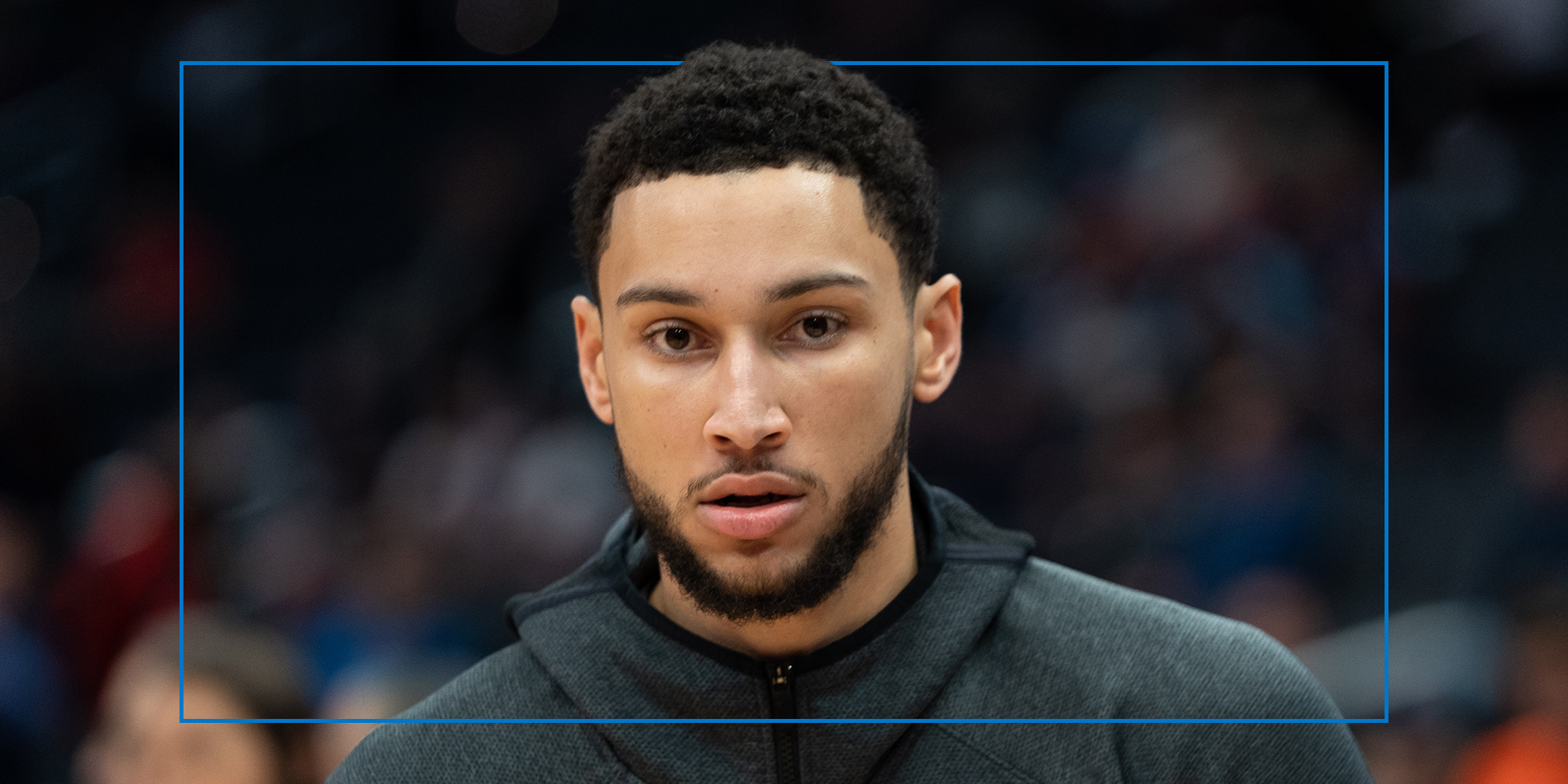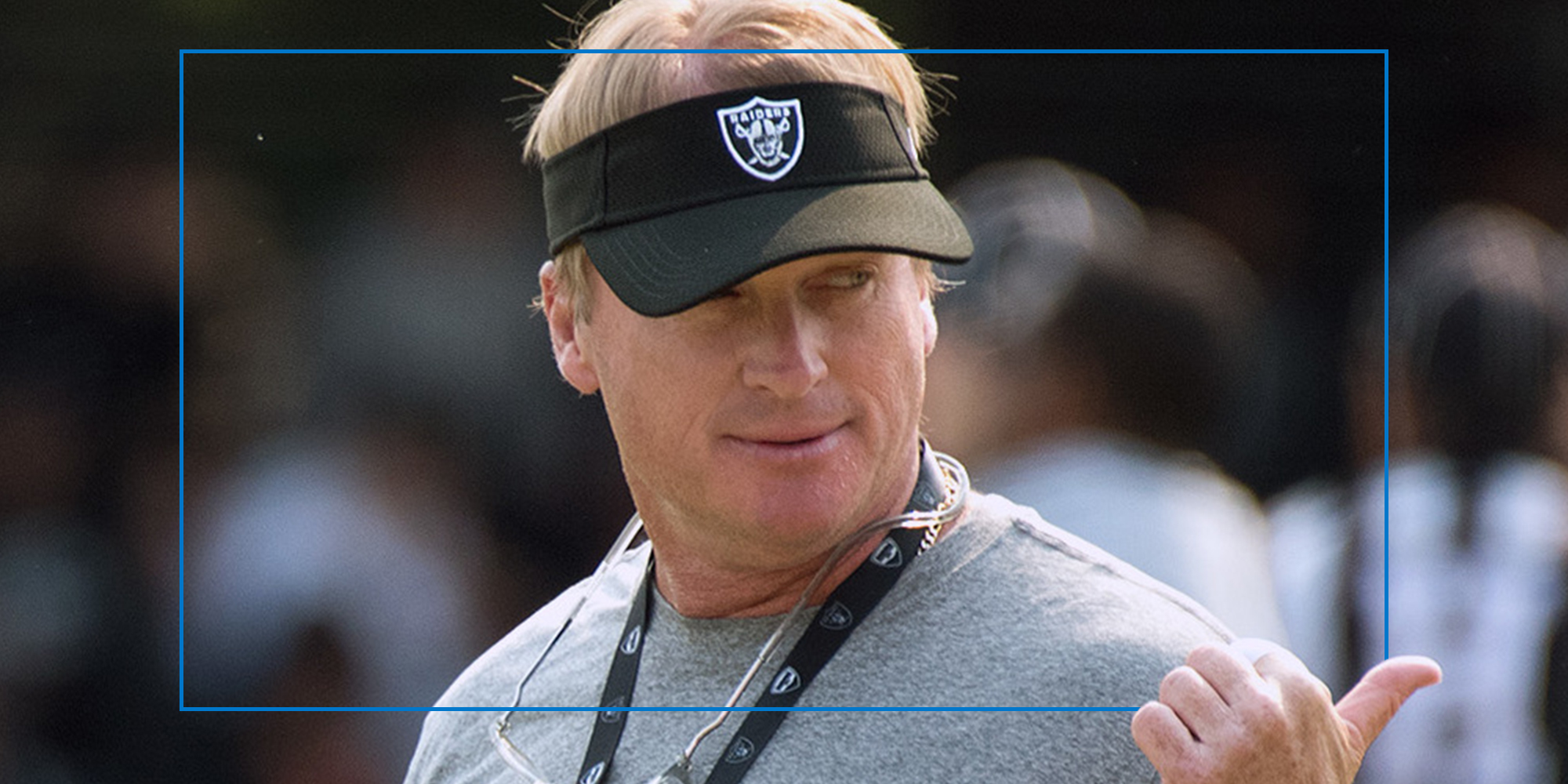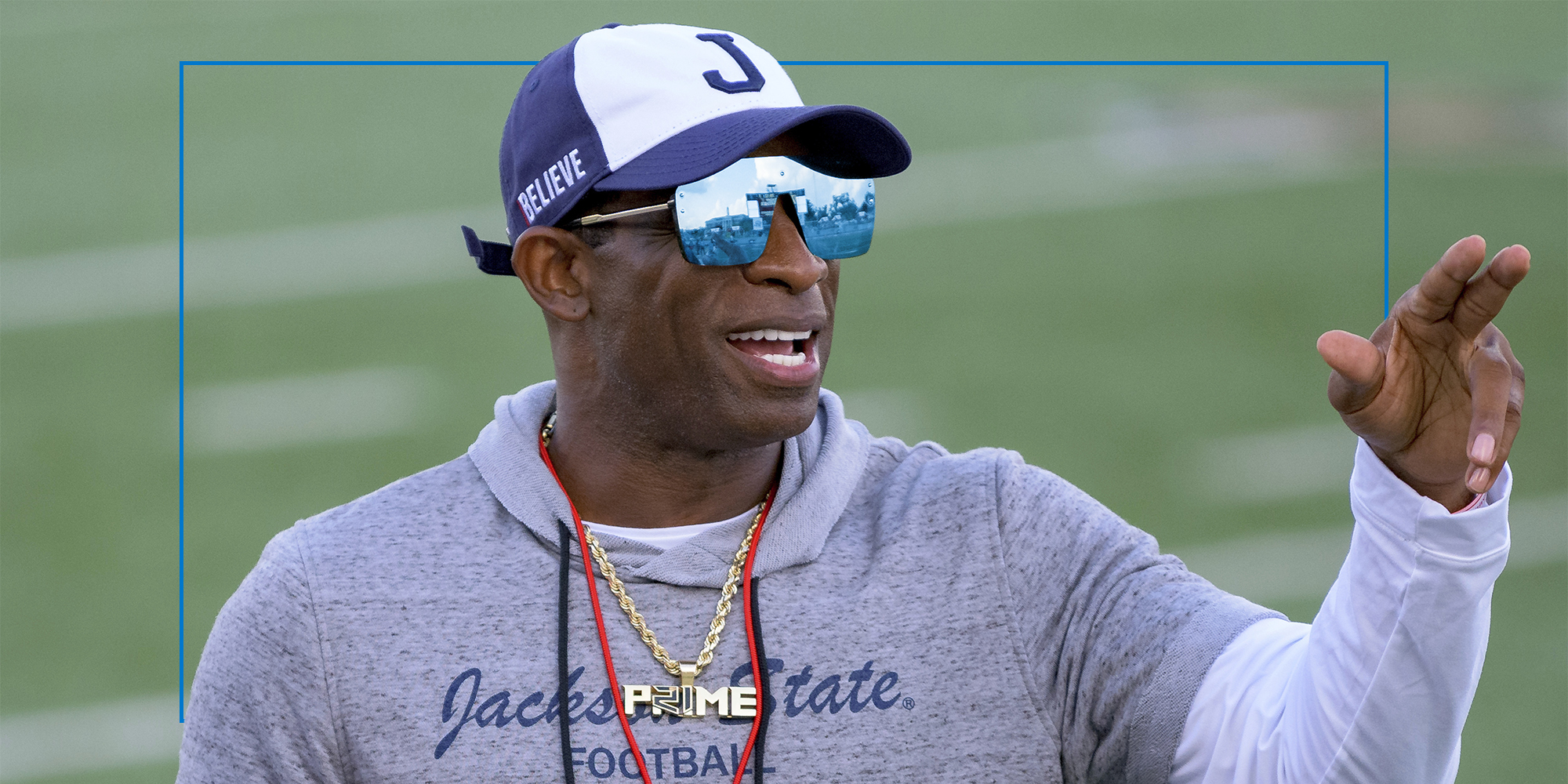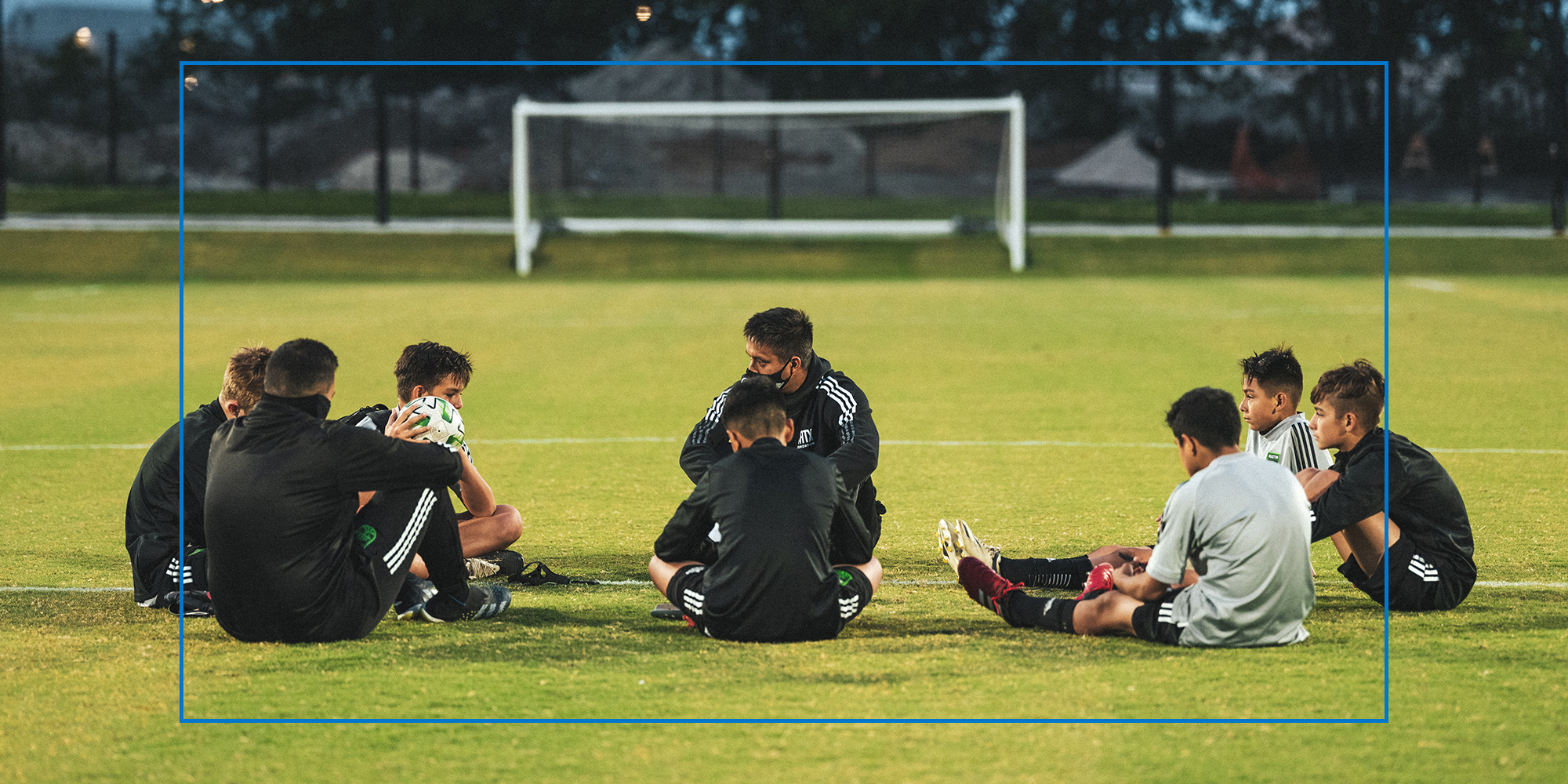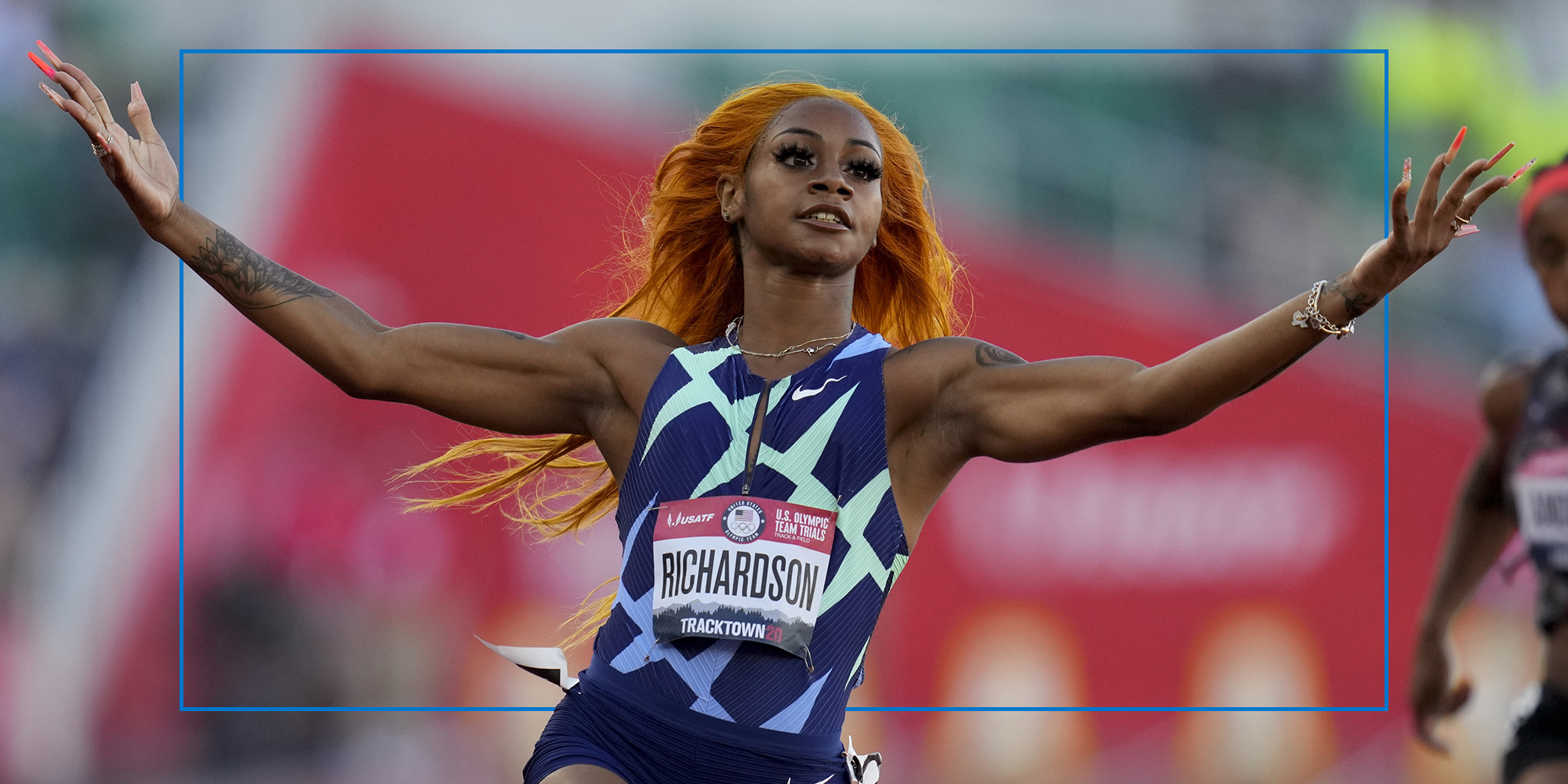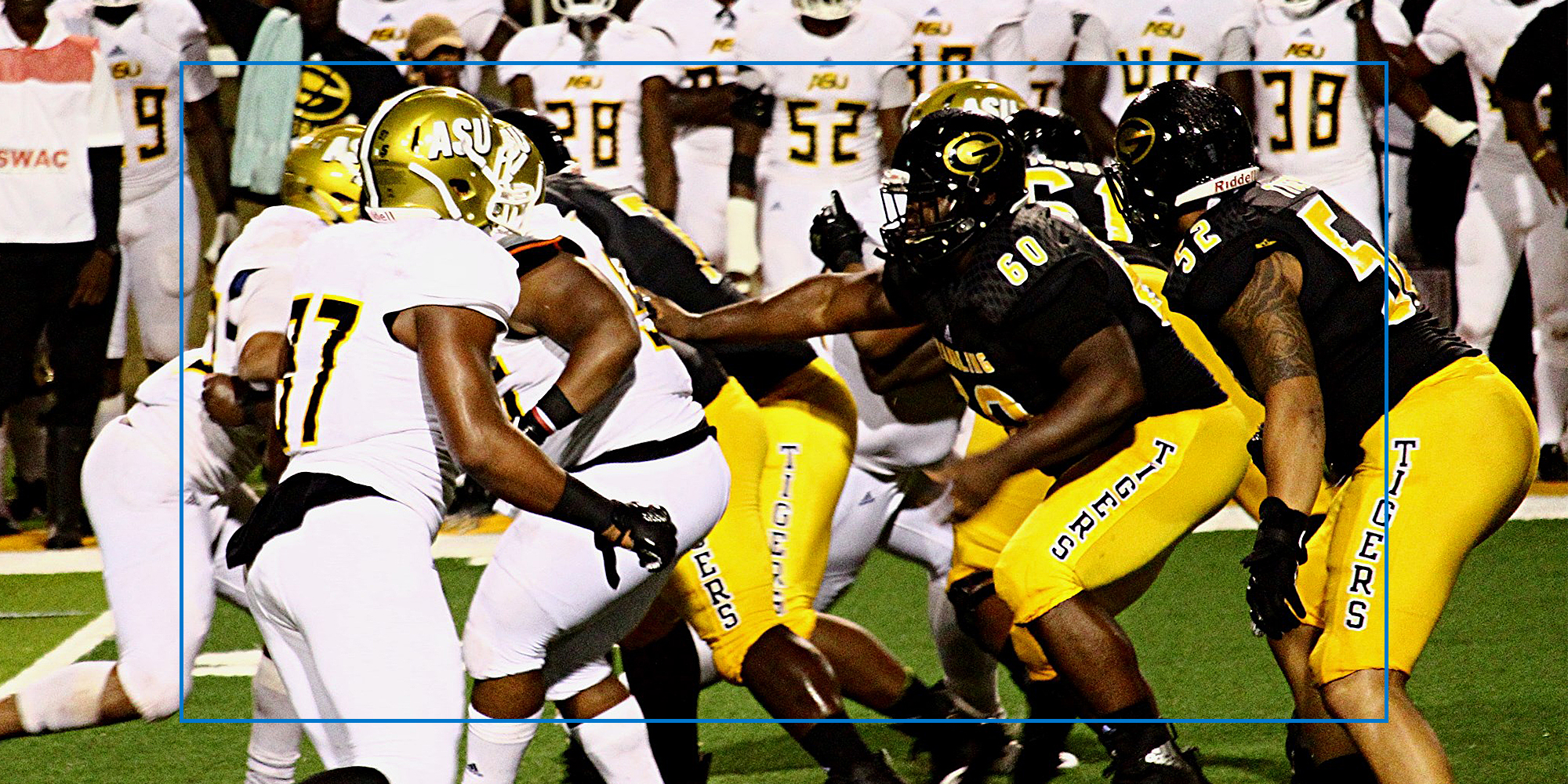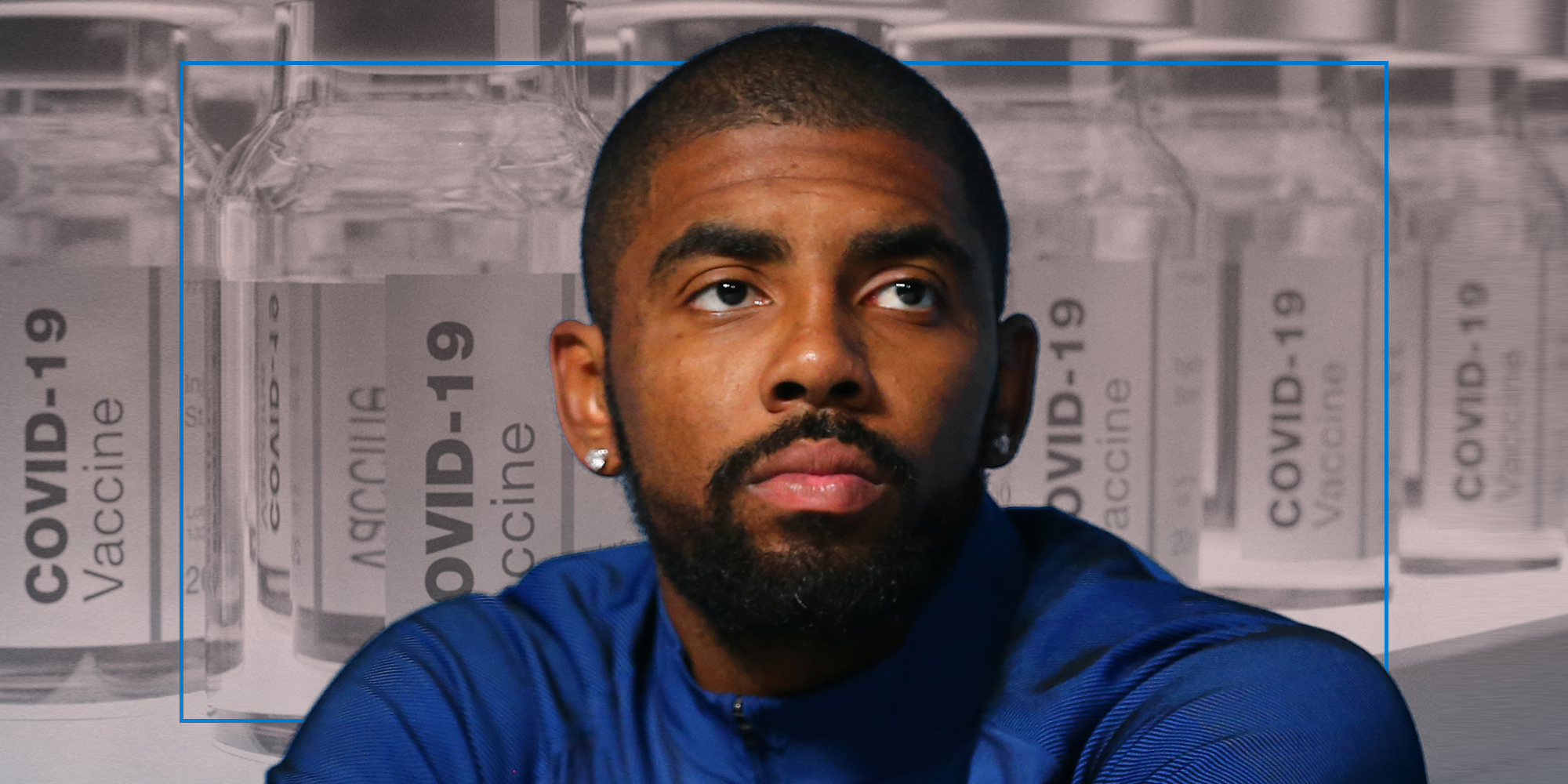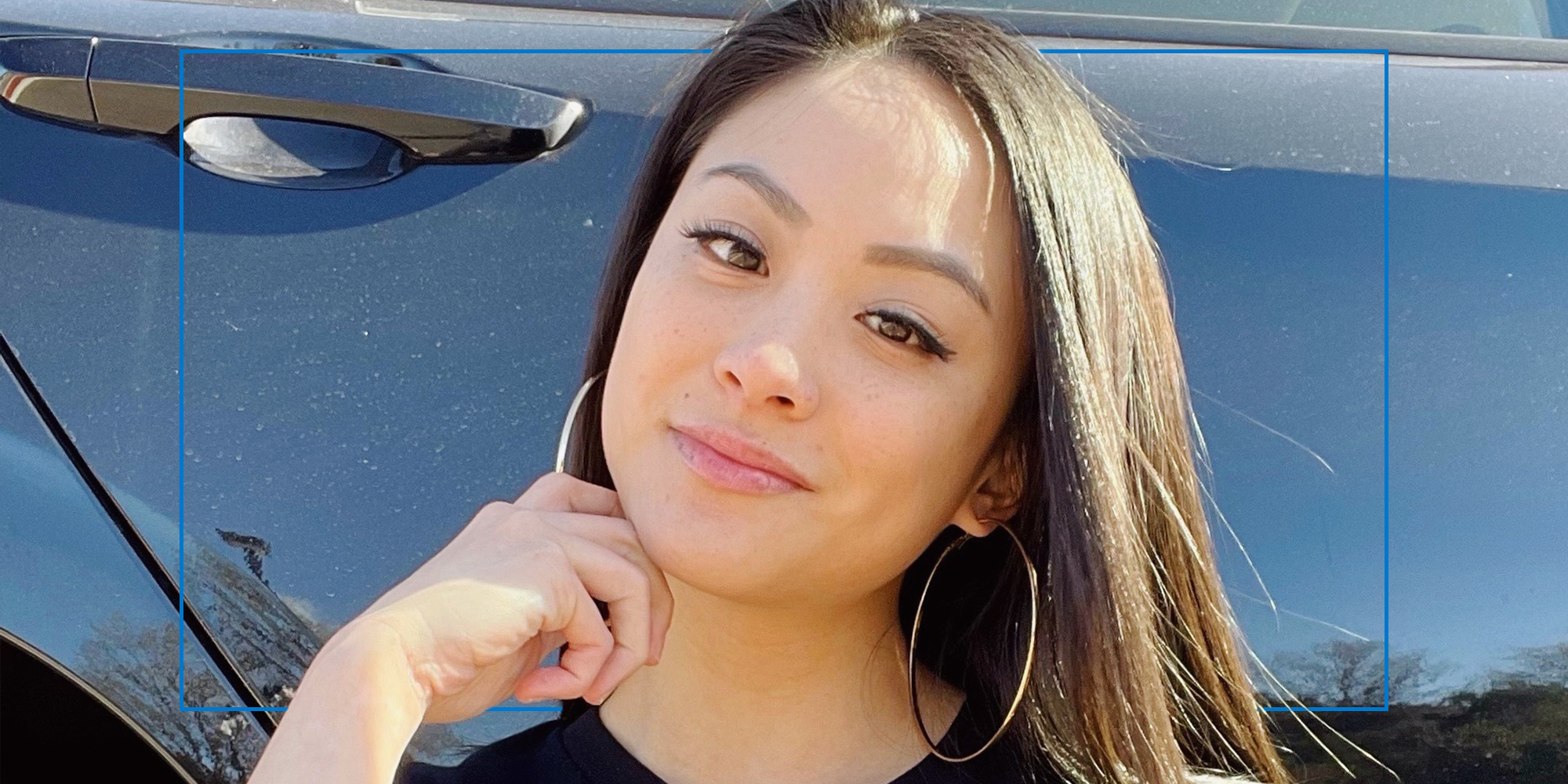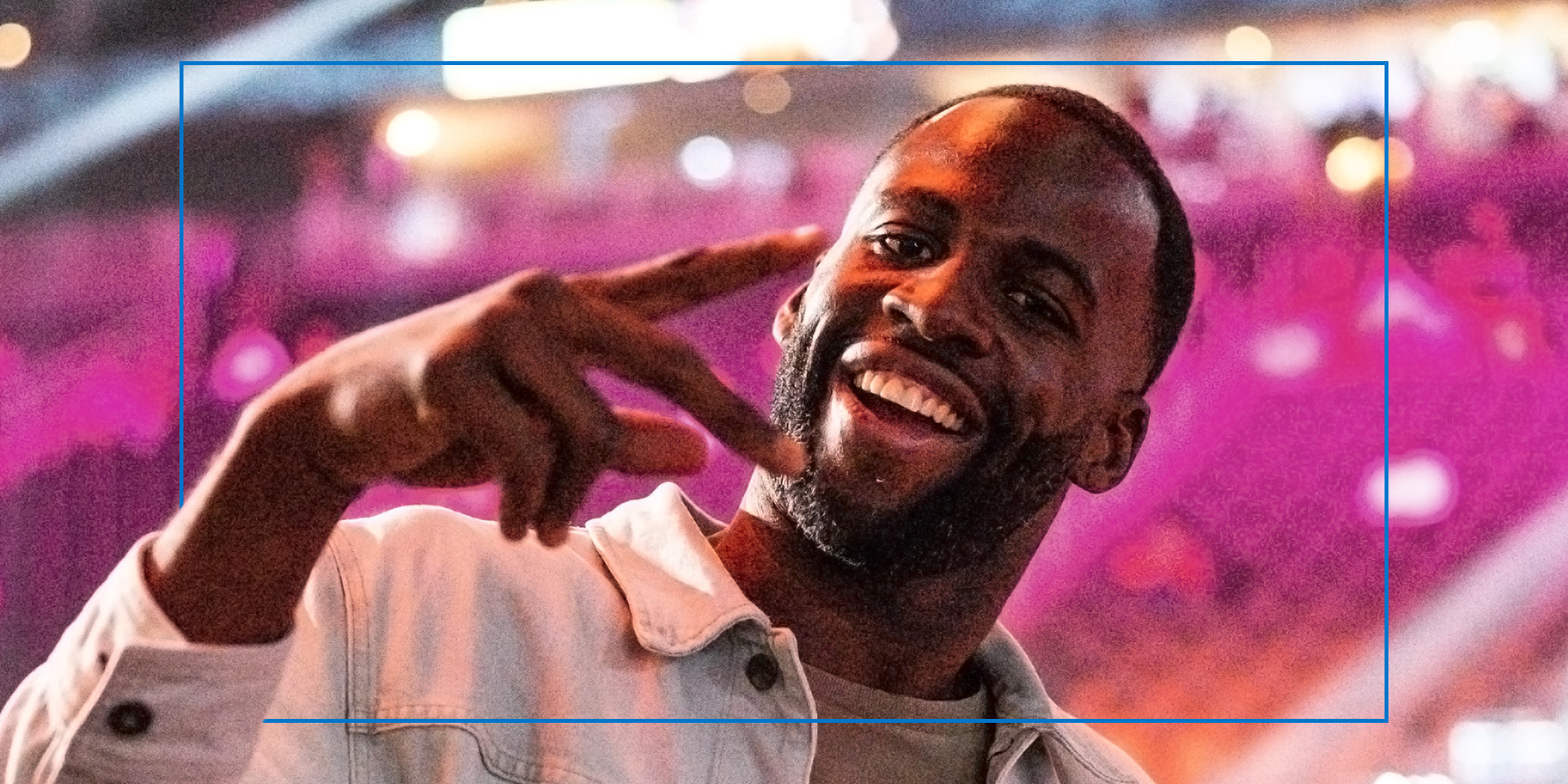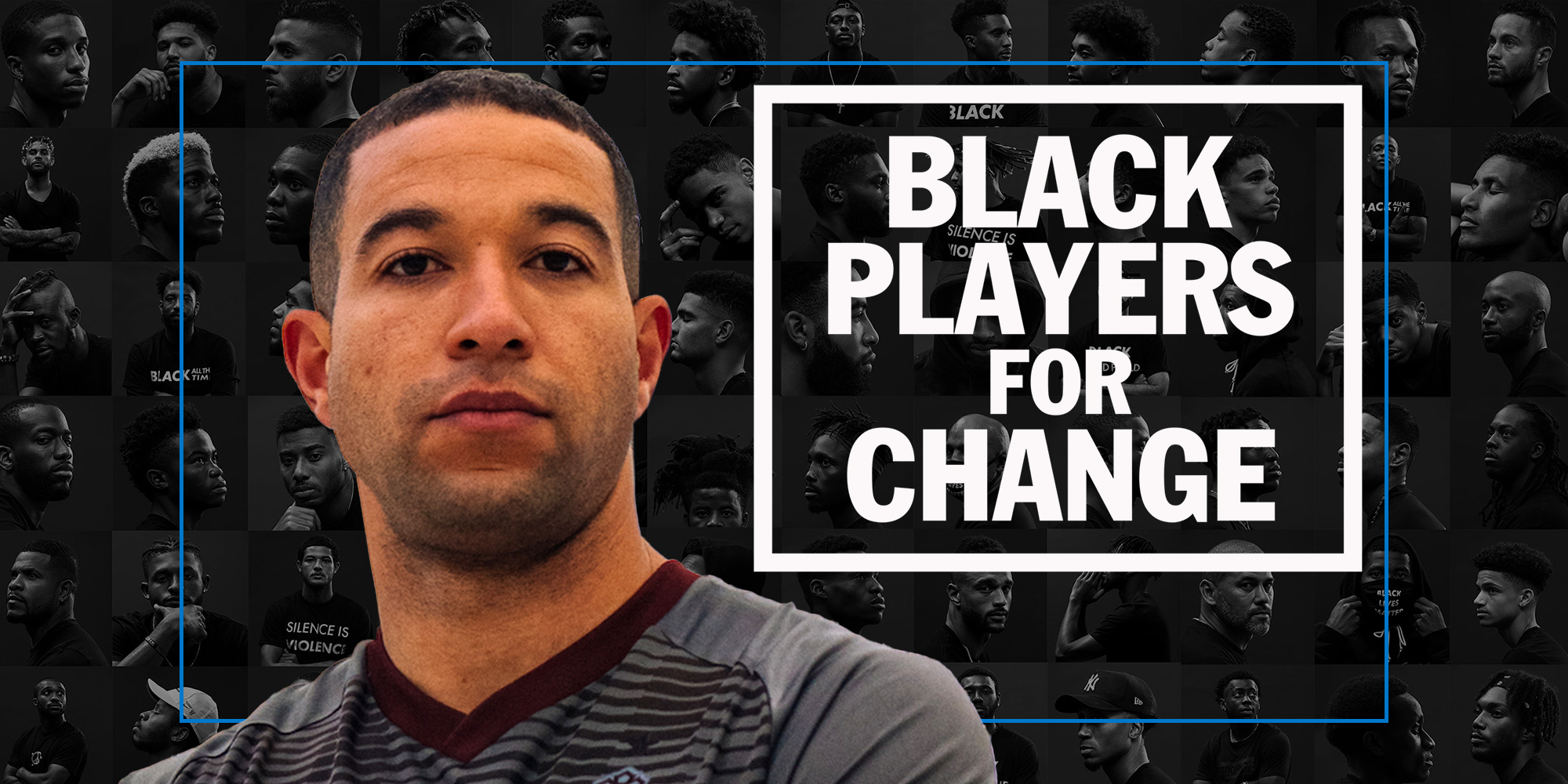When Bianca Bustamante was announced as one of Prema’s drivers in F1 Academy, a women-only single-seat racing championship, she made a TikTok to share the news. Since the February announcement, the video has been viewed over 900,000 times.
Now, Bustamante has grown her TikTok following from 200,000 to 1.2 million over the course of F1 Academy’s eight-month season.
Bustamante, 18, makes building an online brand look easy. Her TikTok is an amalgamation of training videos, racing recaps, celebrations, and F1 fanaticism. All of it, she believes, is distinctly “Bia.”
“When I do my posts, I never do it to get likes, to get comments,” Bustamante said in a virtual press conference. “That’s why I’m always very wary of when I post on social media—to make sure that it’s who I am, who I want other people to see me as.”
Bustamante’s social media presence—and her performance on the track—caught the attention of Formula 1. In October, Bustamante joined the McLaren Driver Development Programme, which has produced talent such as seven-time F1 world champion Lewis Hamilton and McLaren fan favorite Lando Norris.
In the 2024 F1 Academy season, Bustamante will represent the team with papaya-orange race overalls and drive the papaya-colored car that has come to define McLaren. But most importantly, she’ll have access to the resources and support of one of Formula 1’s legacy teams.
In motorsport, beyond having on-track talent, drivers have to have marketability. In a quest to find sponsorships to buoy their careers, they have increasingly taken to social media to build their own brand.
For women, who are underrepresented in motorsport, gaining an online following is even more important. As F1 Academy drivers try to both grow their own brands and bring attention to the sport, they’re finding that for better or worse, revving up their social media is just as important as revving up their cars.
The drive to be marketable
Being online has been an increasing factor for drivers in securing sponsors; most drivers have to fund their own careers in the F1 feeder series. When McLaren was looking for an F1 Academy driver to represent the team on the grid next season, it was drawn to Bustamante’s online brand.
“Her personality, I think, her dynamic, her willingness to be yourself I think is really key,” Julie Ferguson, McLaren’s head of social and digital, told the Daily Dot. “That’s a really unique thing about all of our drivers. For her in particular, her social media presence was really authentically her.”
McLaren has a particular knack for picking drivers who have strong online personalities. The program recently signed Gen Z driver and frequent memer David Malukas to its IndyCar team. Norris splits his time in F1 with being the CEO of Quadrant, an online gaming and lifestyle brand.
Bustamante also has a unique story: She’s one of few Filipino racing drivers among a majority of white European counterparts. Unlike many drivers who come from racing dynasties, Bustamante is from a “very middle class family.”
“It’s not like I had many opportunities lying around,” she said at the press conference. “We didn’t have the money; we didn’t have the budget, the sponsors. It wasn’t enough to guarantee me a seat next year.”
Online audiences were drawn to Bustamante’s background and her persistent attitude toward driving. McLaren saw not only the fans supporting Bustamante’s content but also the clear voice she had developed in sharing her story.
“The fit is really natural,” Ferguson said. “It’s someone who’s incredibly ambitious, but it’s someone who’s quite truly themselves and talks about the humble beginnings, talks about the effort that her family’s been through. … For fans, people really connect to that.”
While marketability is important for all drivers and motorsport teams, there’s an especially heavy burden placed on F1 Academy drivers because of the push to promote the series and women in motorsport more broadly.
In 2023, F1 Academy races were not aired on television, unlike F1 and its other feeder series F2 and F3. To watch the races, interested parties either had to be at the F1 Academy races in person or concede to watching the races’ highlights on YouTube days later.
Aside from the occasional Instagram post from F1, there were few connections between F1 Academy and F1—and therefore few opportunities for outsiders to learn about the sport.
F1 Academy has tried to rectify its low visibility. The series effectively replaced W Series, an all-female, single-seater racing championship that started in 2019 to grow the pipeline of women drivers but ended in 2022 due to lack of funding. For the 2024 season, F1 Academy races will take place during F1 race weekends, creating a bigger built-in audience for the support series.
Each Formula 1 team will have an F1 Academy driver represent them, such as Bustamante representing McLaren.
Girls just wanna race cars
While women racers such as Bustamante revel in the opportunity to share parts of themselves online, others find the task awkward and tiresome.
“I’ve not really had a huge following on social media, and I haven’t really pushed it enough from my side to gain the following,” Jessica Edgar, an 18-year-old English driver who raced in F1 Academy last year, told the Daily Dot.
Edgar would prefer to just focus on driving and hope that her on-track performance will grow her following. To an extent, she was right. After she clinched her first F1 Academy victory in Austin, Texas, last month, she gained 6,000 Instagram followers almost overnight.
But just because drivers have accepted that posting on social media is a new element of their job doesn’t mean they enjoy it.
“It’s incredibly frustrating,” said former W Series driver Sabré Cook in an interview with the Daily Dot. “I am so jealous of the generations before us because yes, they still had to worry about sponsorship, but they didn’t have to worry about investing so much time and everything being plastered all over the internet.”
Drivers’ net worths are, in part, determined by large brand deals. In July, F1 driver Fernando Alonso was announced as an ambassador for clothing brand Boss. He was the 39th highest-paid athlete in 2018. Norris partnered with luggage company Tumi in 2022 to create a McLaren-inspired luggage line.
In order to bolster Bustamante’s career, tech corporation Cisco, which has sponsored McLaren since 2021, will support the development driver in her F1 Academy deal.
Cook tries not to focus on the strain of social media and instead wants to focus on the influence she has on her audience of 40,000 Instagram followers.
“I try to look at it as a positive because, without social media, I wouldn’t be able to reach as many people,” she said.
Racing in a man’s world
With few women in motorsport (women represent 7 to 13% of motorsport athletes globally, according to a 2023 report by nonprofit initiative More Than Equal), Cook believes that there’s an added responsibility for women drivers to represent themselves online.
Men early in their motorsport careers have rapidly growing audiences: 17-year-old F2 prospect Kimi Antonelli has over 200,000 Instagram followers and launched a brand deal with outfitter Anti Social Social Club in September. American rookie Logan Sargeant, 22, is the least-followed F1 driver on the grid with over 600,000 Instagram followers. Hamilton, F1’s most followed driver, has over 35 million Instagram followers.
Even what Cook sees as the benefits of Instagram end up feeling burdensome.
“It’s that traditional story that’s through all of society, not just motorsports,” Cook said. “We have the feeling where we have to be perfect. We have to go above and beyond just to be able to be given the same amount of respect and be seen as valued the same as our male counterparts.”
Cook worries that in an effort to post more prolifically on Instagram, she’ll become inauthentic and cheapen the value of her platform.
“It becomes not just a woman thing, but then it becomes [a] defending-your-values type situation because you’re like, ‘Well, I’m not like that. I don’t find that to make sense for my brand, but it’s what gets a lot of likes,’” Cook said.
But being a woman in motorsport is about making concessions sometimes, Cook believes. In her perfect world, drivers wouldn’t have to focus so much on their marketability and similarly, women would not need their own racing series in order to gain attention.
“We want to be valued because of our value as a driver and because of the performance that we bring on track,” she said. “But as a driver, it’s very hard. It’s very cutthroat, and sometimes you just have to go where the opportunities are.”
While Cook was trying to grow her slate of sponsors in W Series, she experienced this inequity firsthand.
Companies wanted to work with her for one-off brand deals and pay her accordingly—but not provide a long-term partnership that would support her through a season. Cook said that brands gravitate toward drivers with greater followings but that drivers need brands to boost their numbers.
(Earlier this month, Bustamante partnered with makeup brand Anastasia Beverly Hills, and her “Get Ready With Me” video became her seventh most popular on Instagram.)
But sponsors’ interest in women drivers will have to stretch further if they want to continue to invest in motorsport, argued Cindy Sisson, executive director of Women in Motorsports North America, which advocates for growing opportunities for women racing drivers.
“We represent 52% of the population, and in order for the sport or motorsports to grow, they can’t keep doing the same old thing,” Sisson said in an interview with the Daily Dot. “They’ve got to invest in the future, and the future is women in motorsports.”
See more stories from Presser – examining the intersection of race and sports online.




